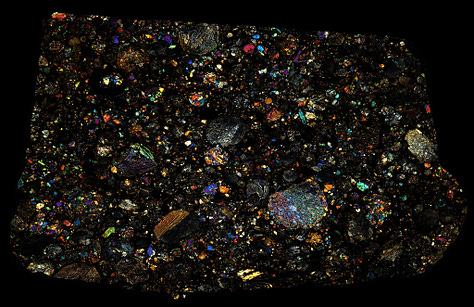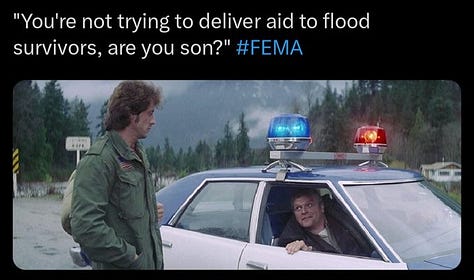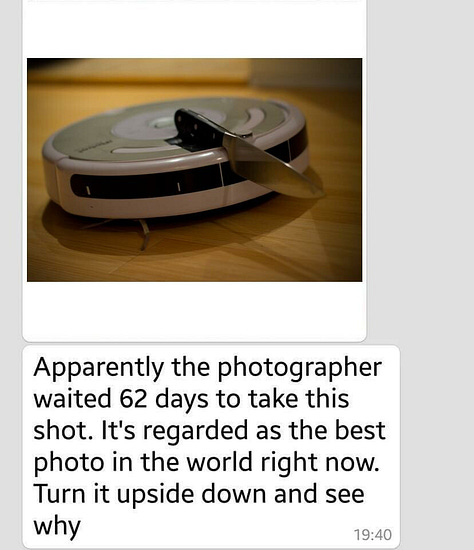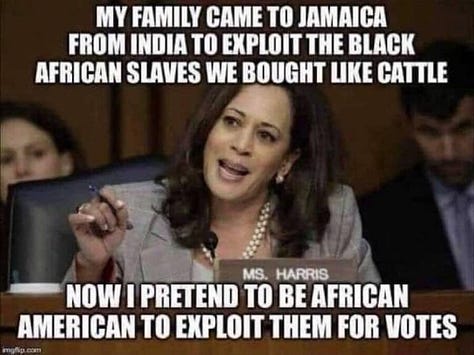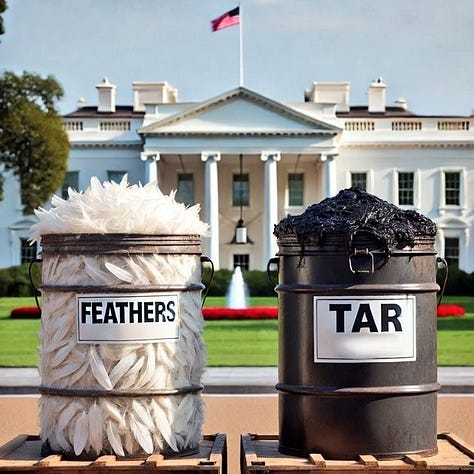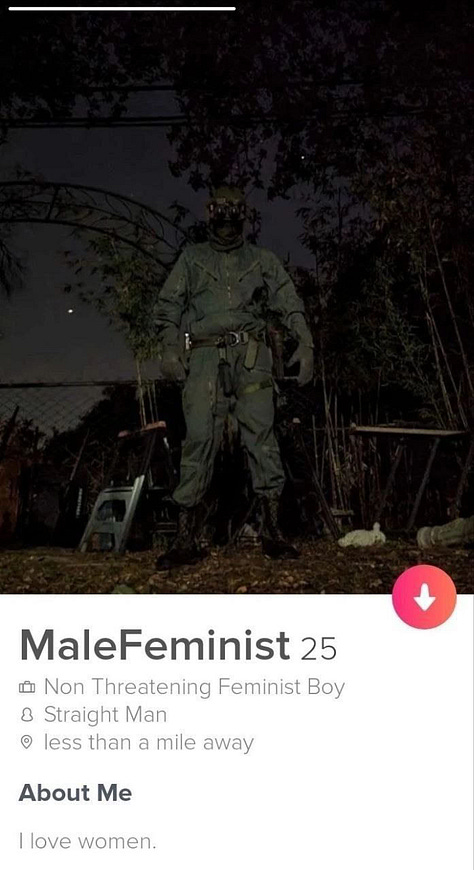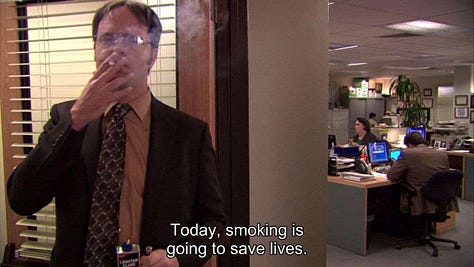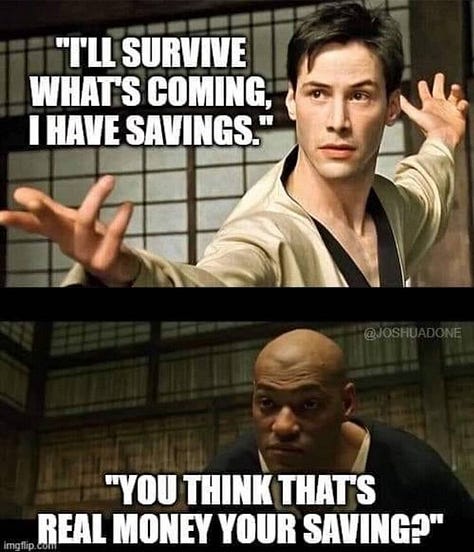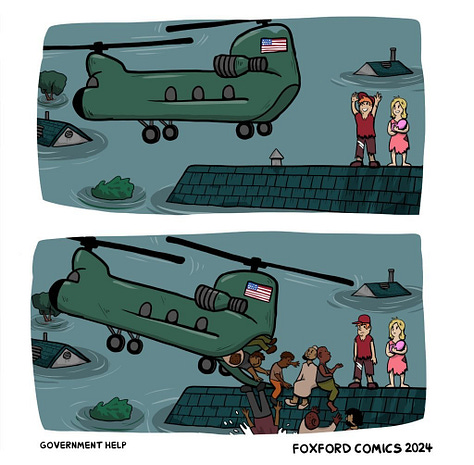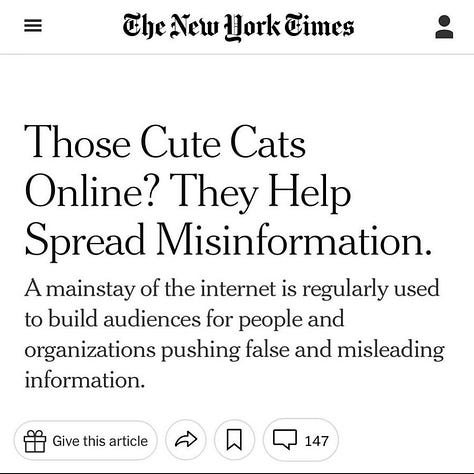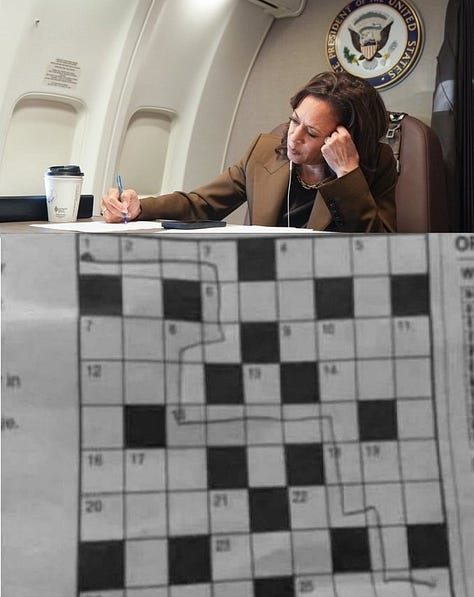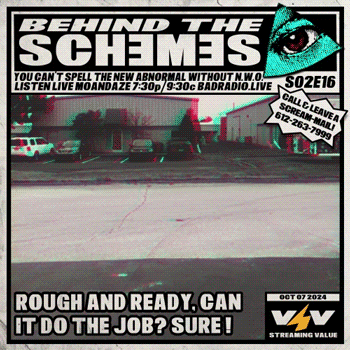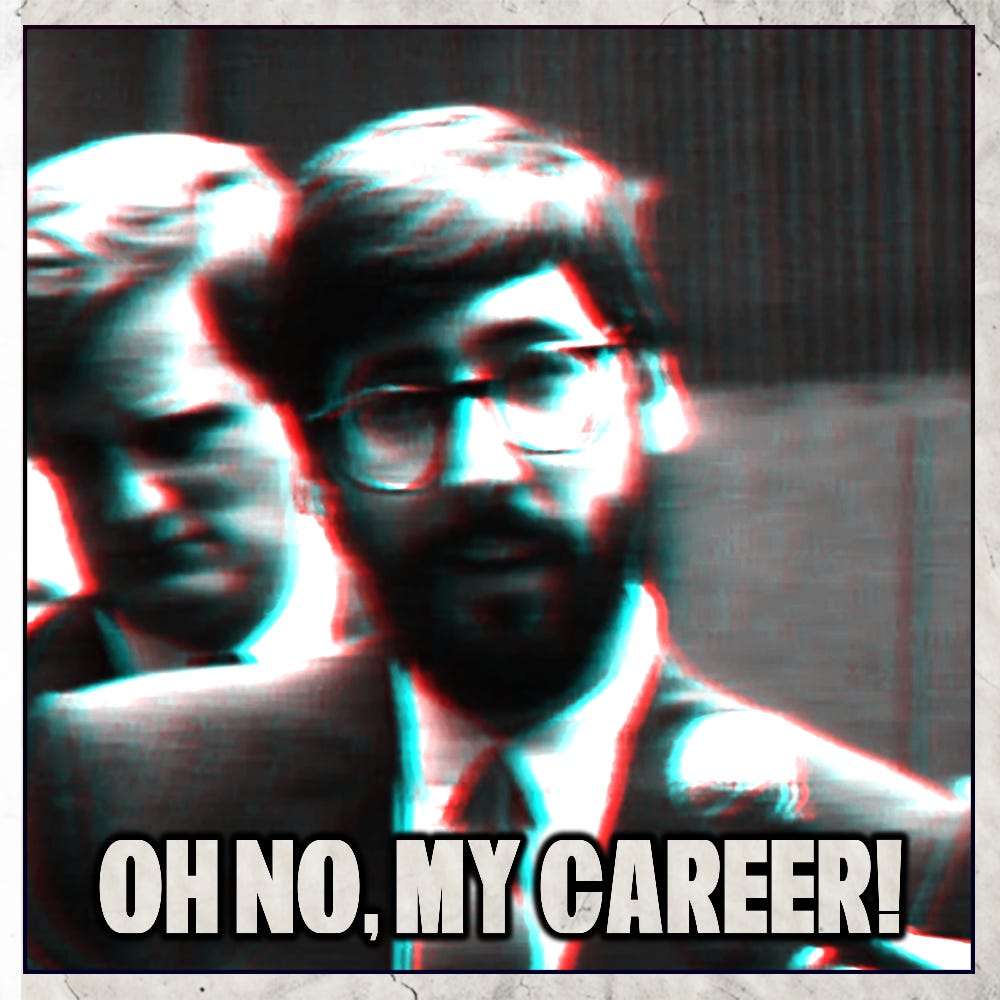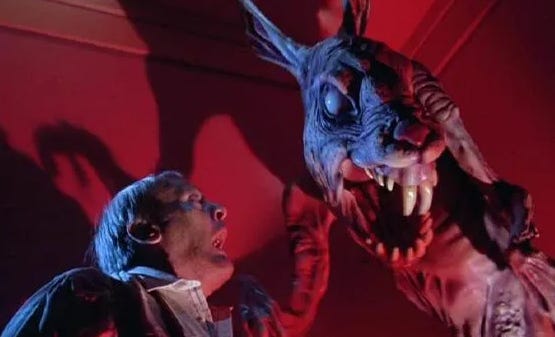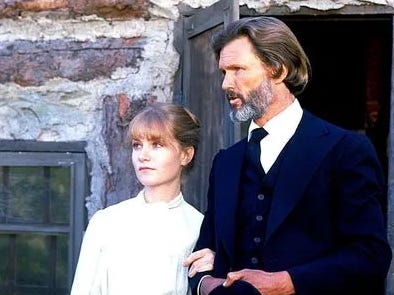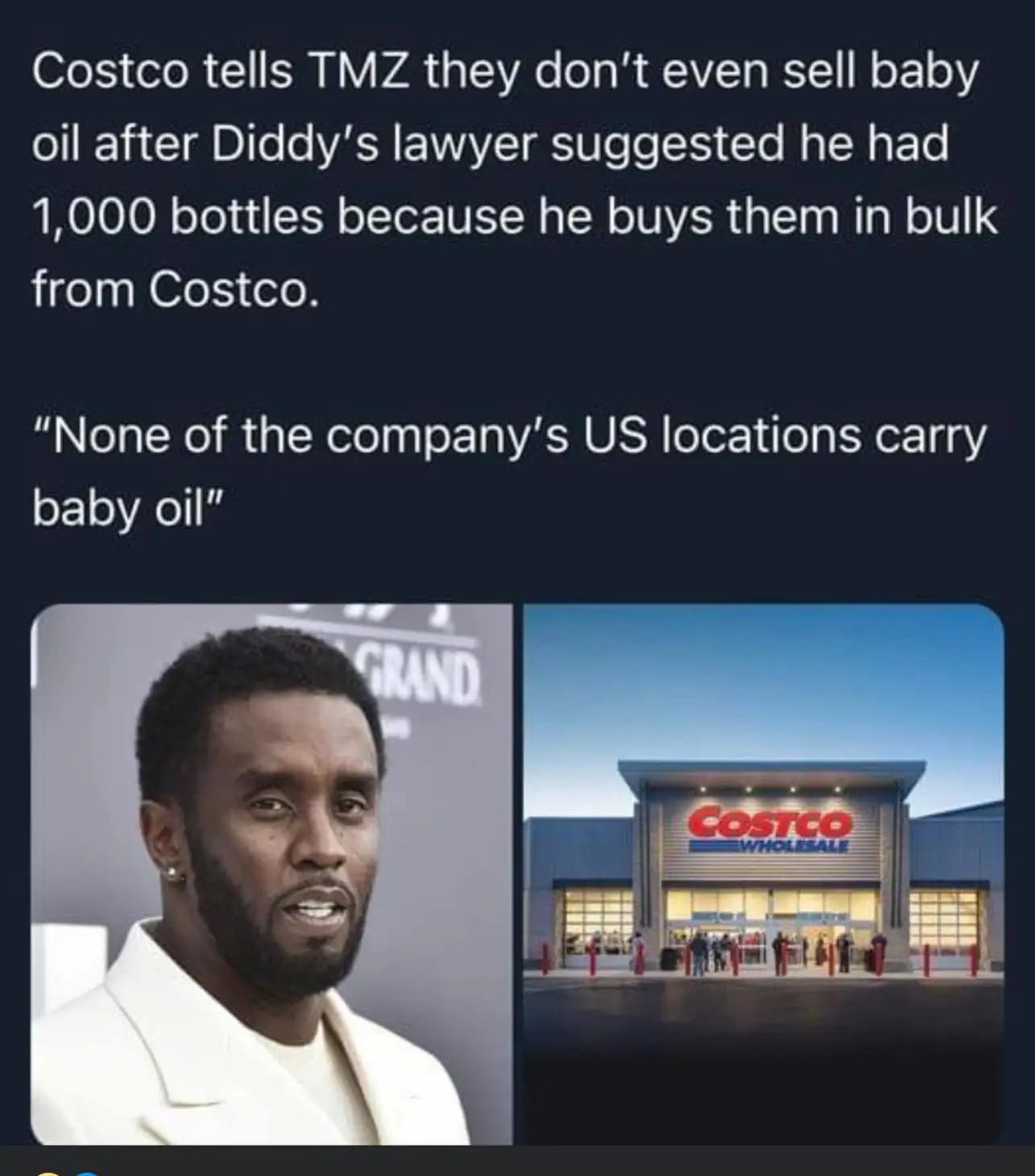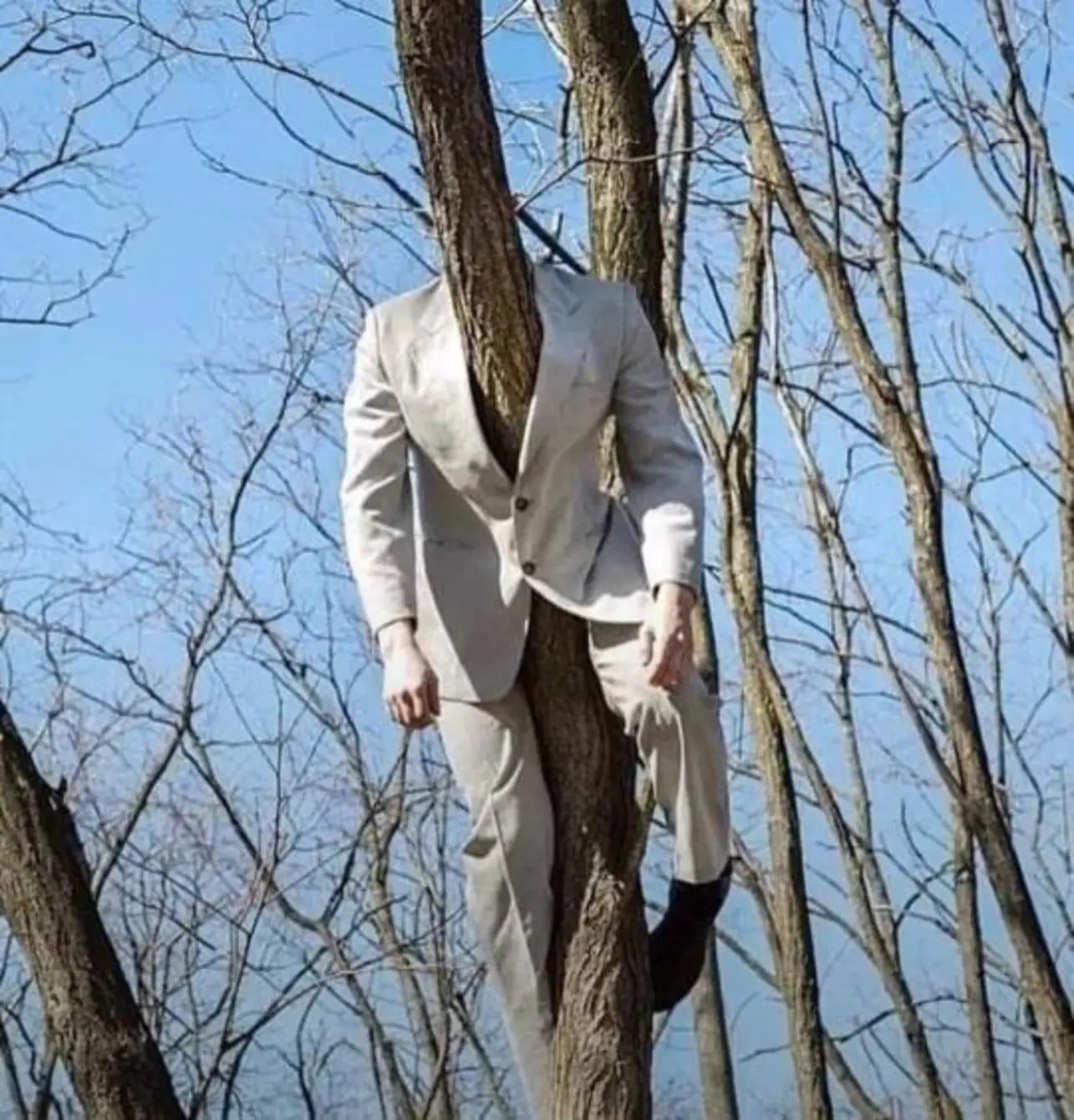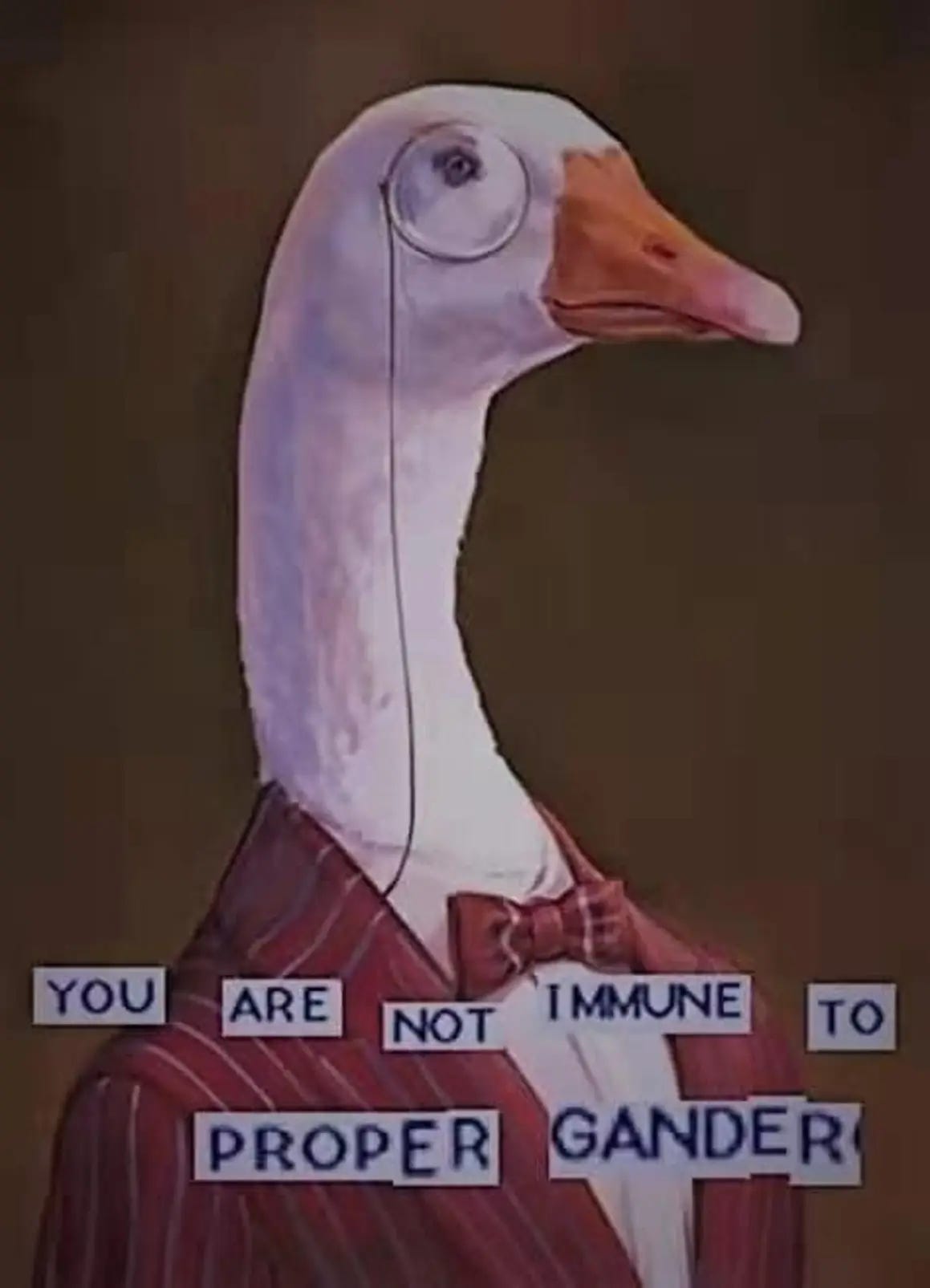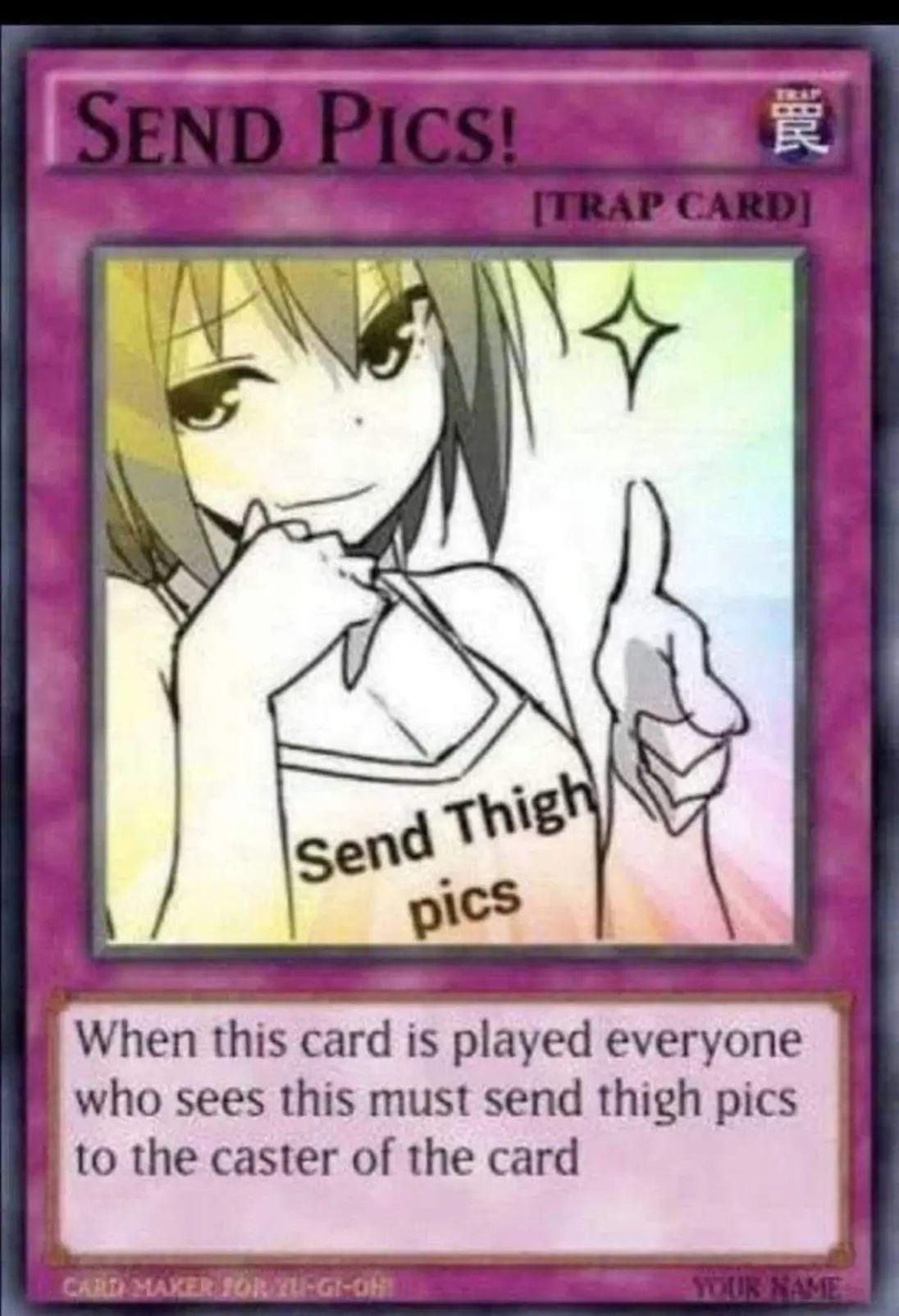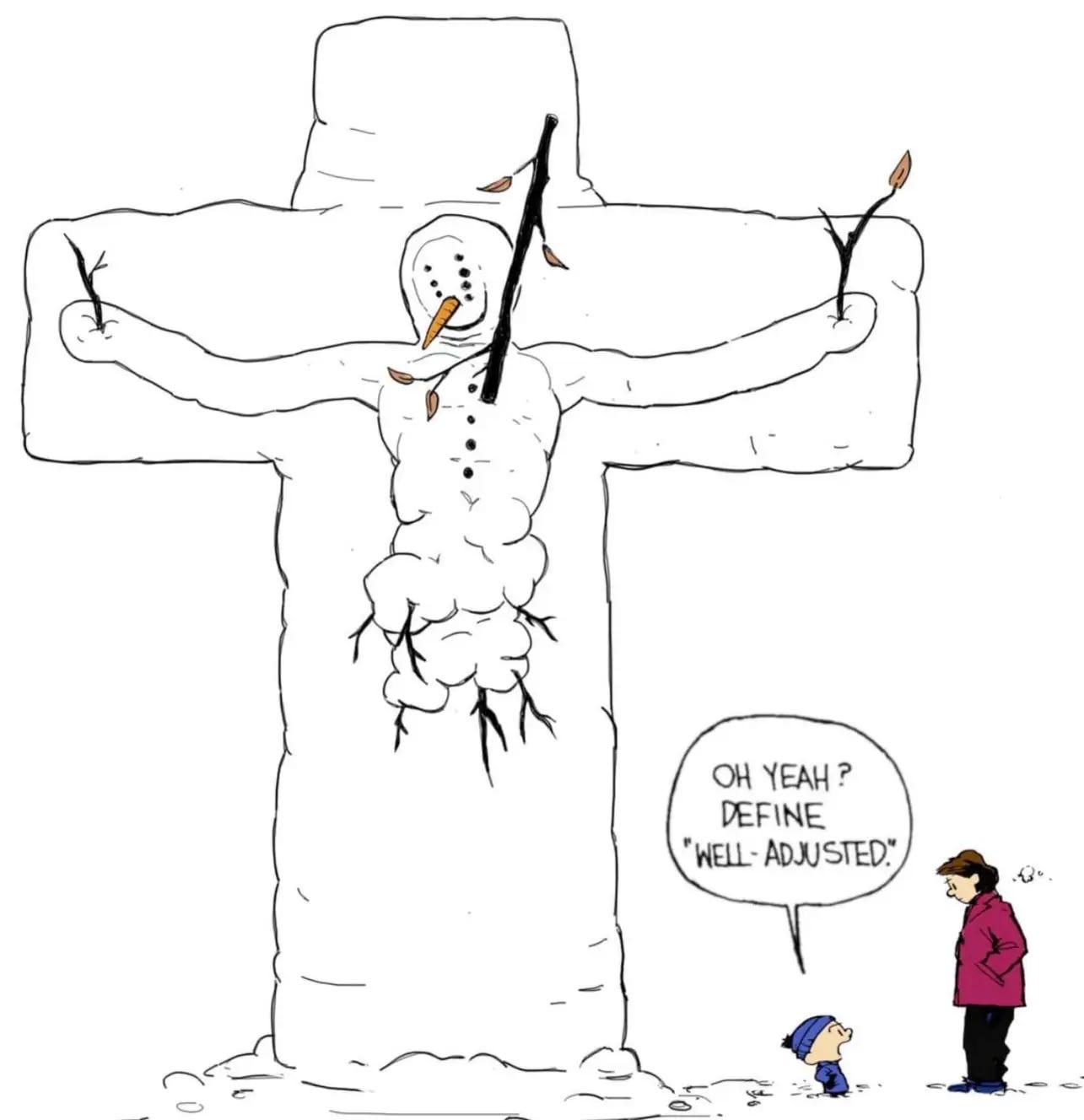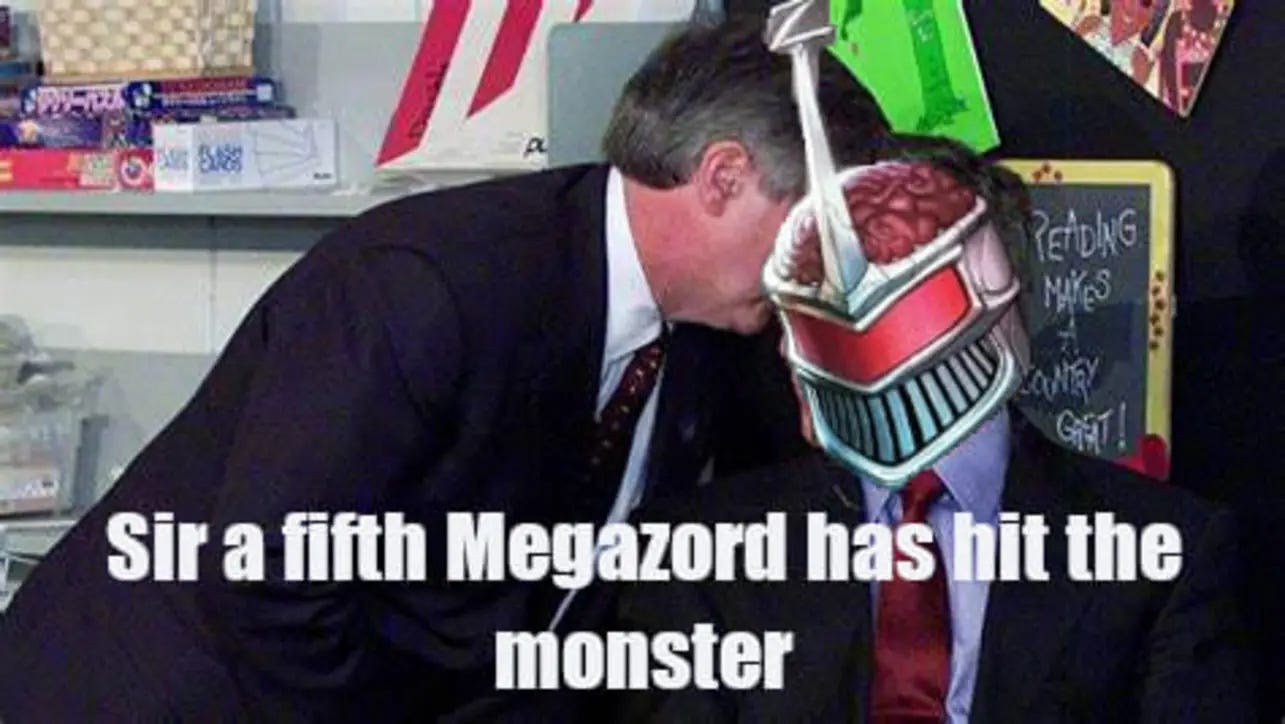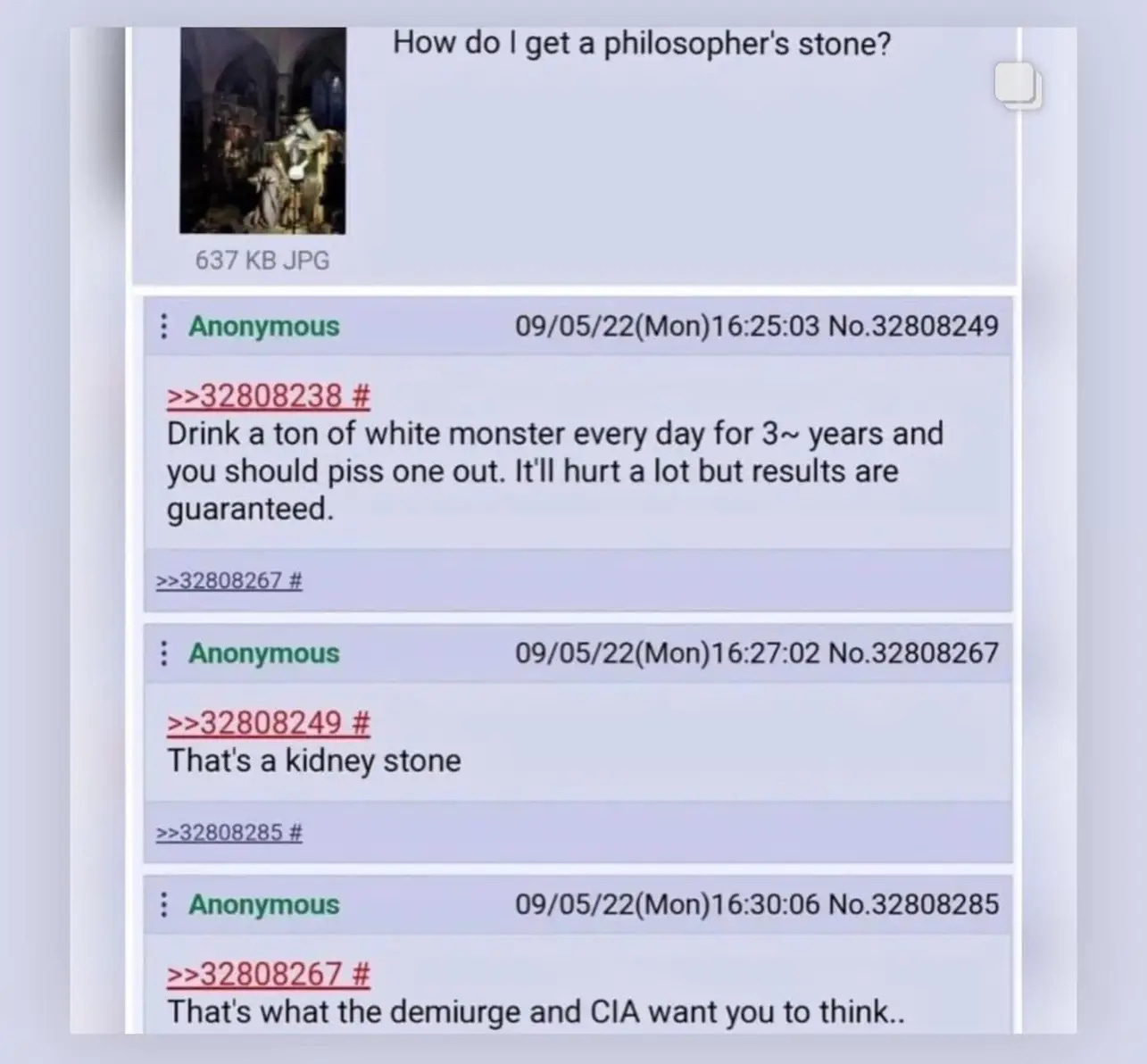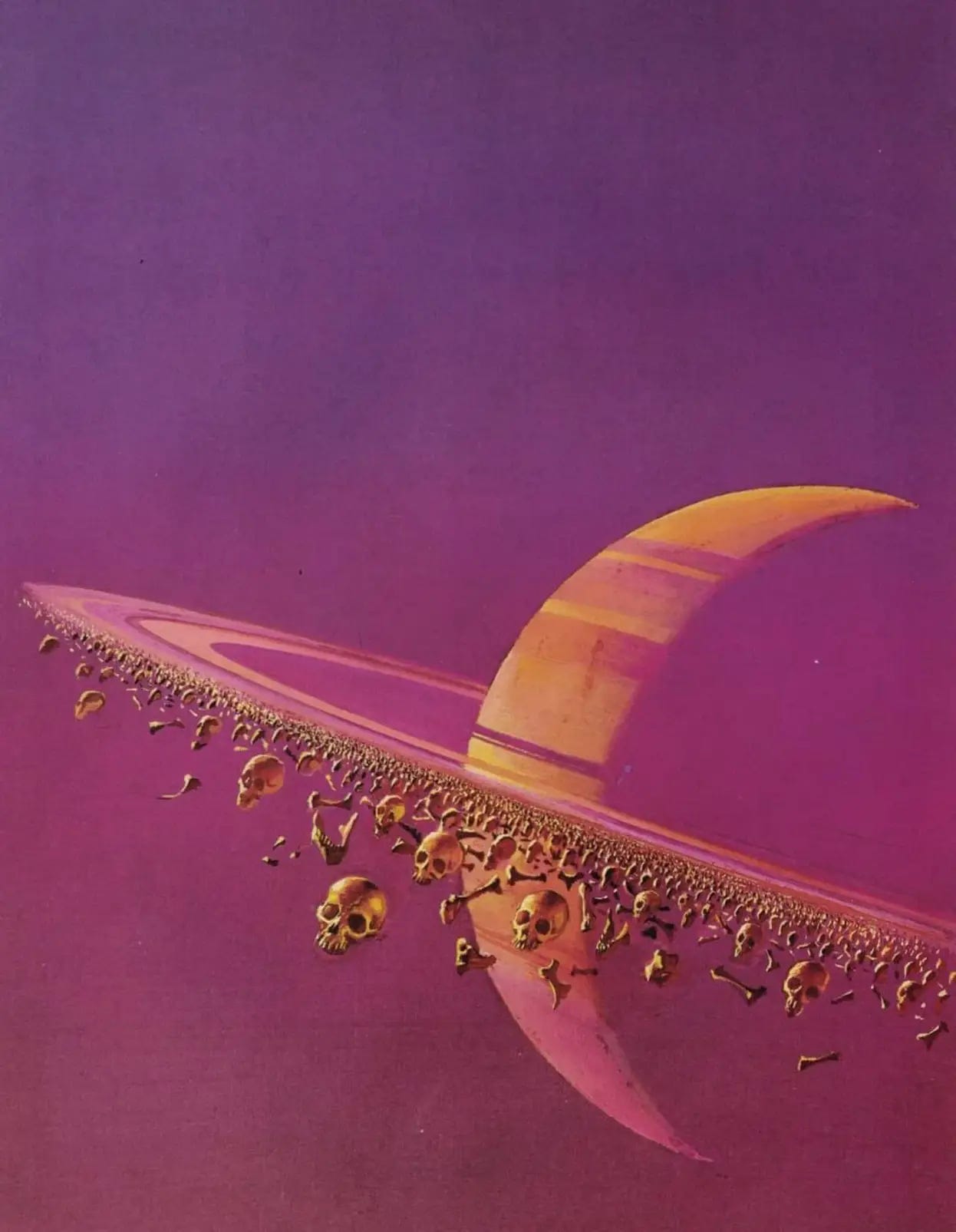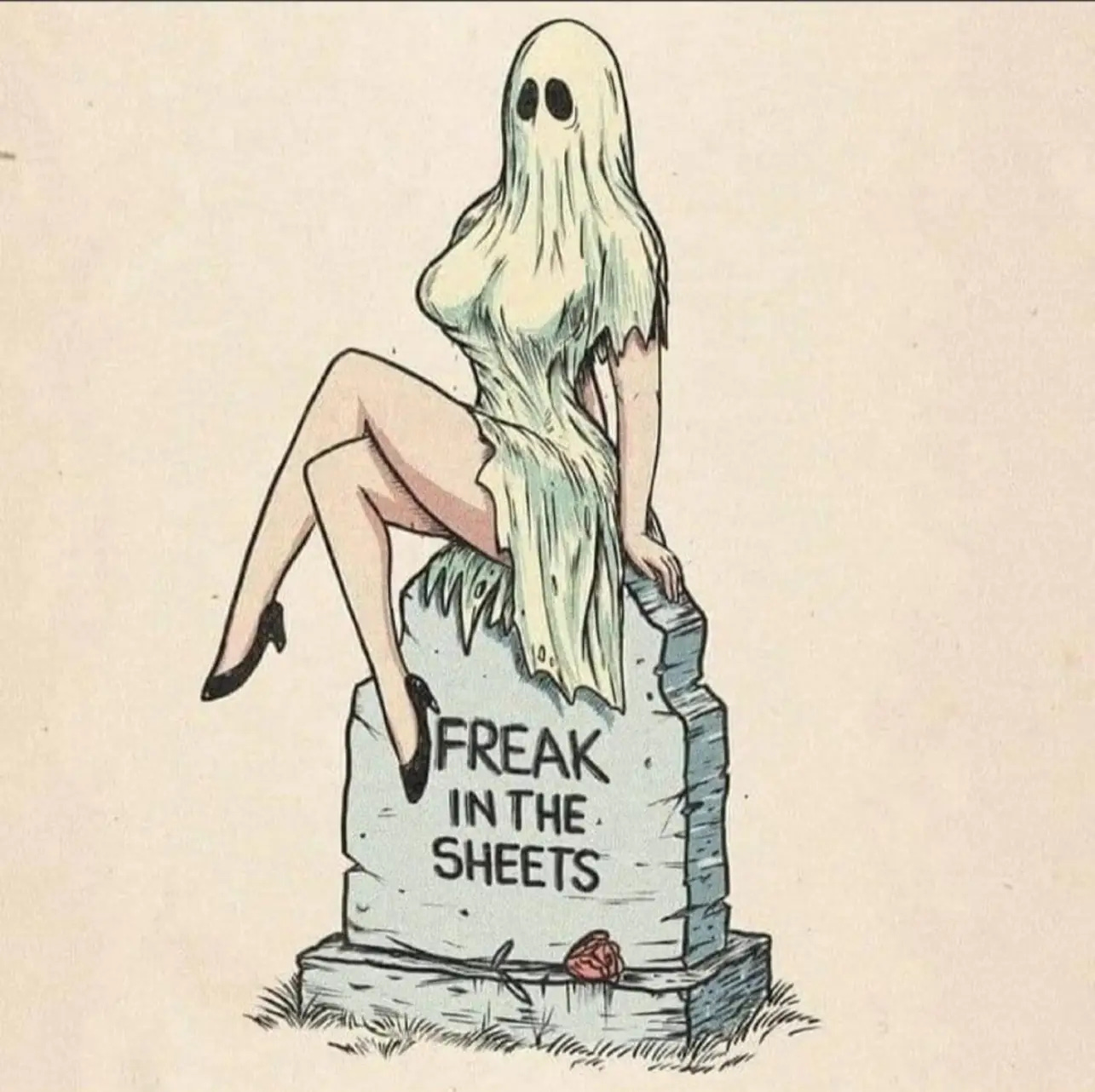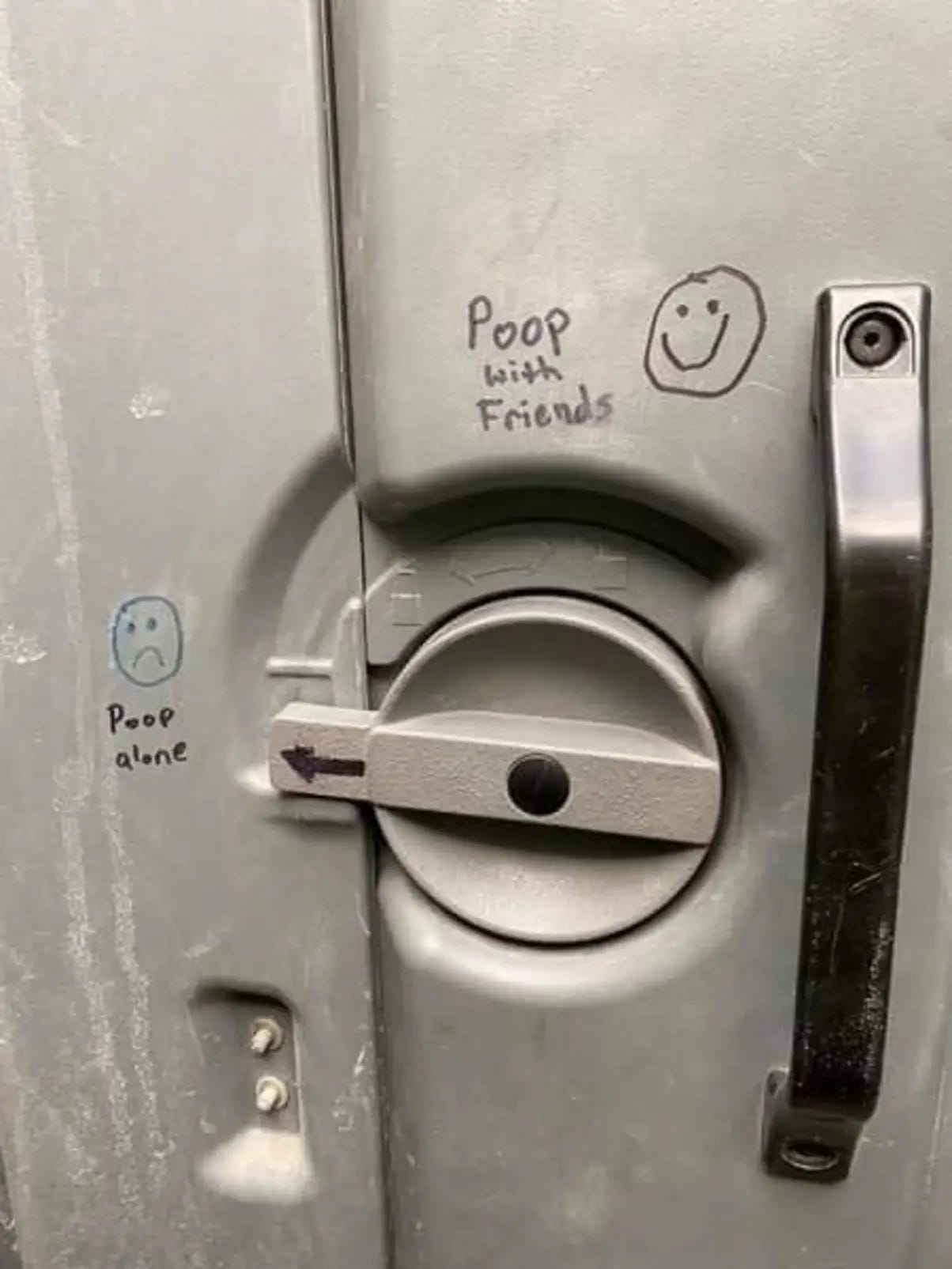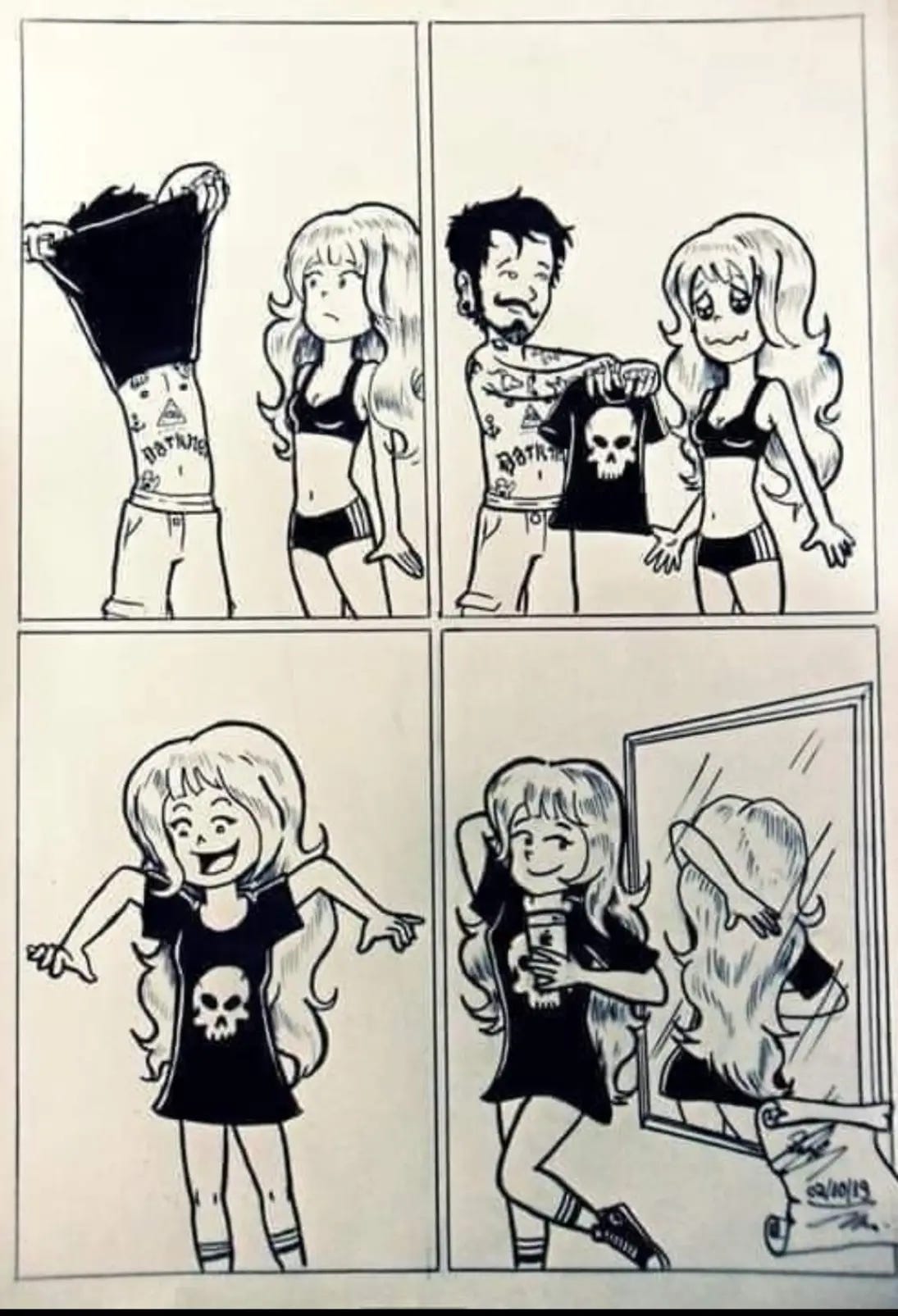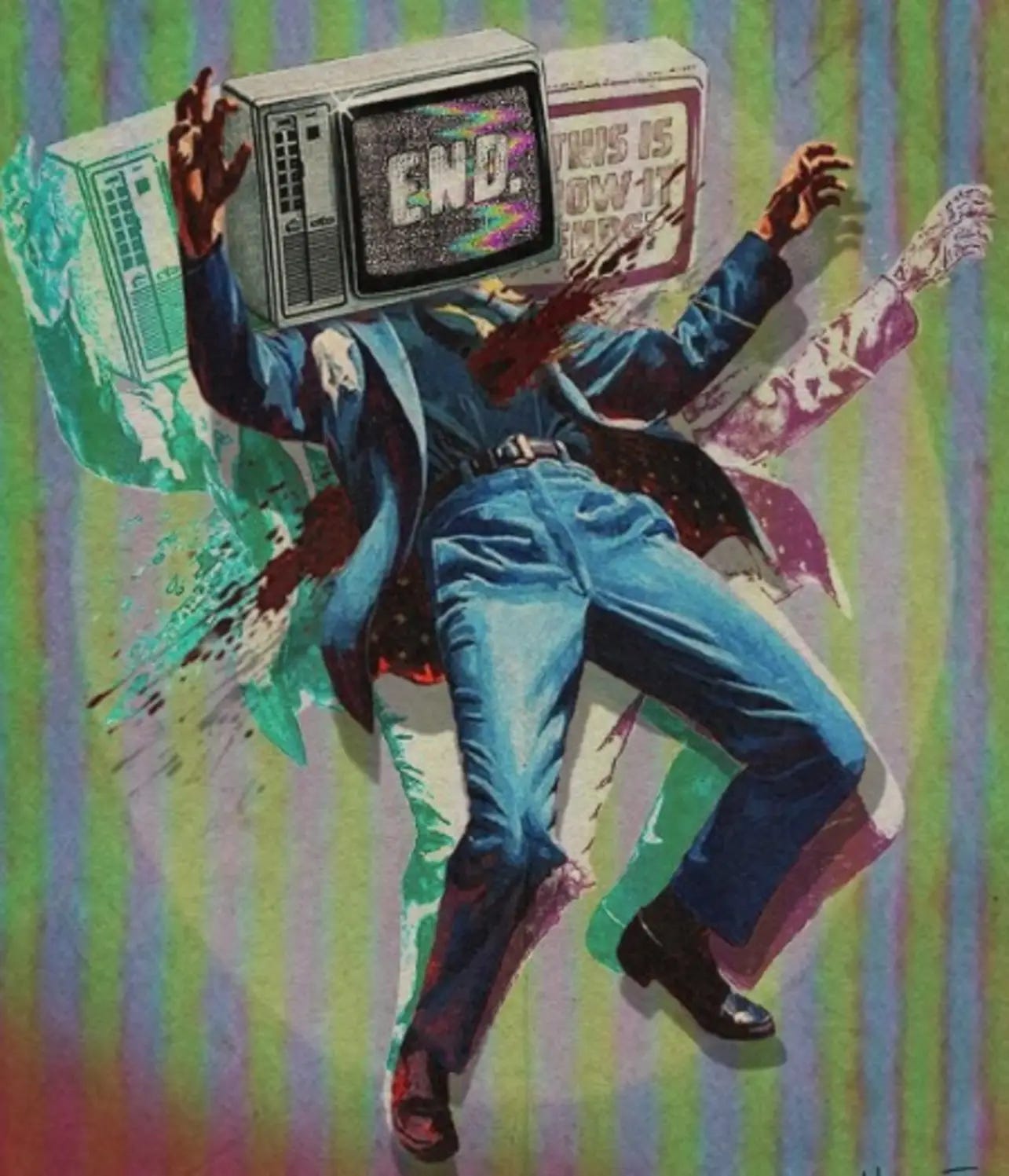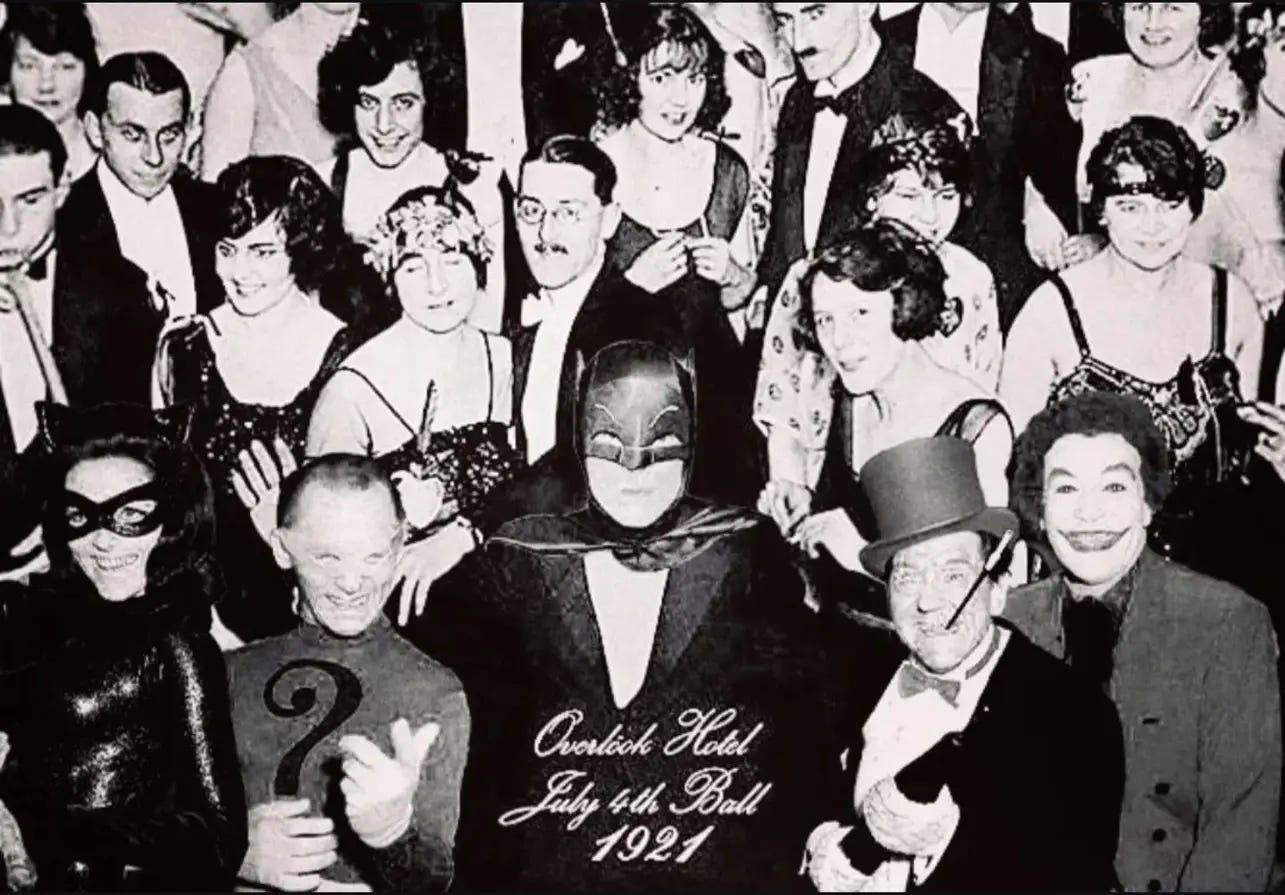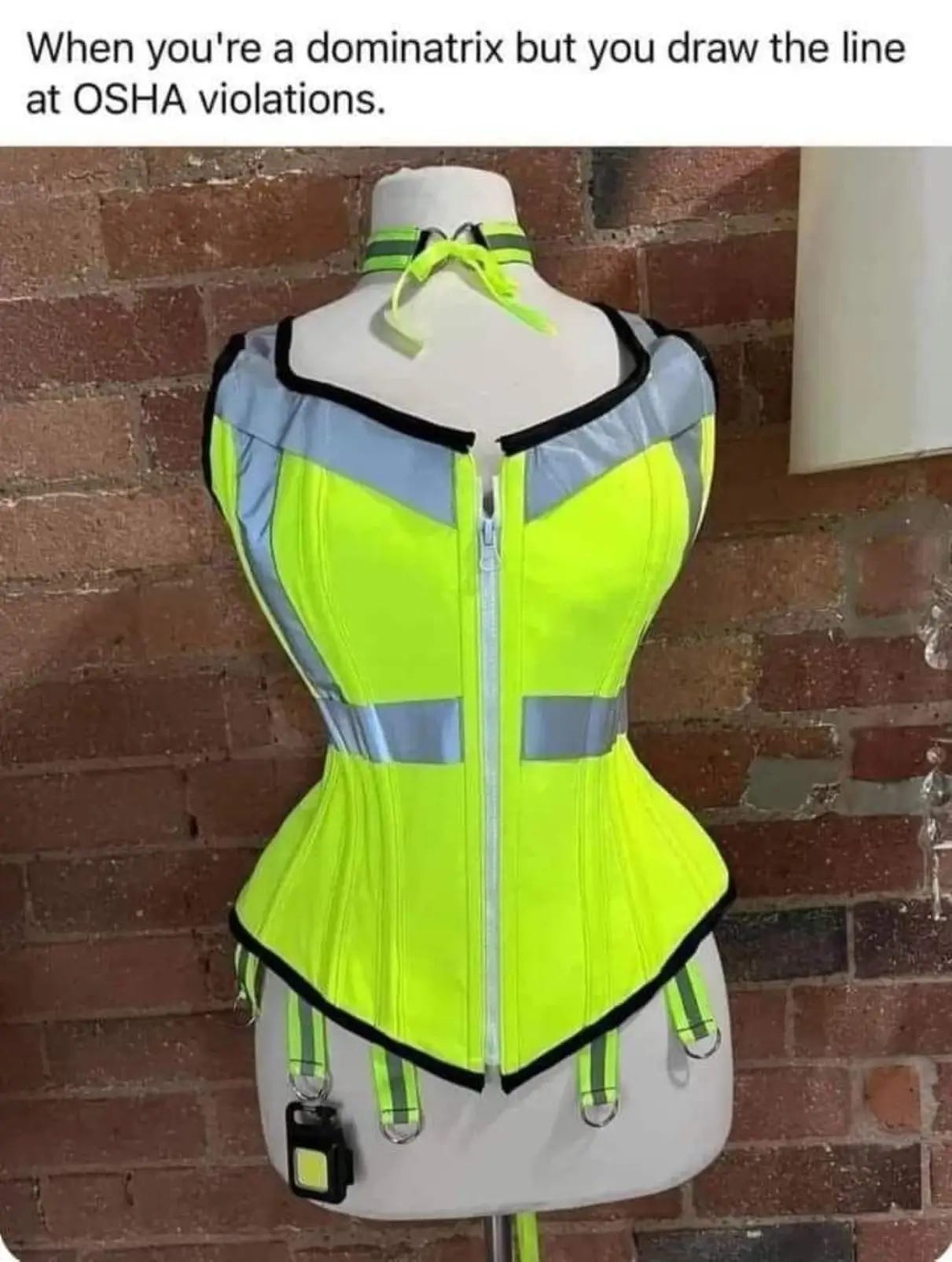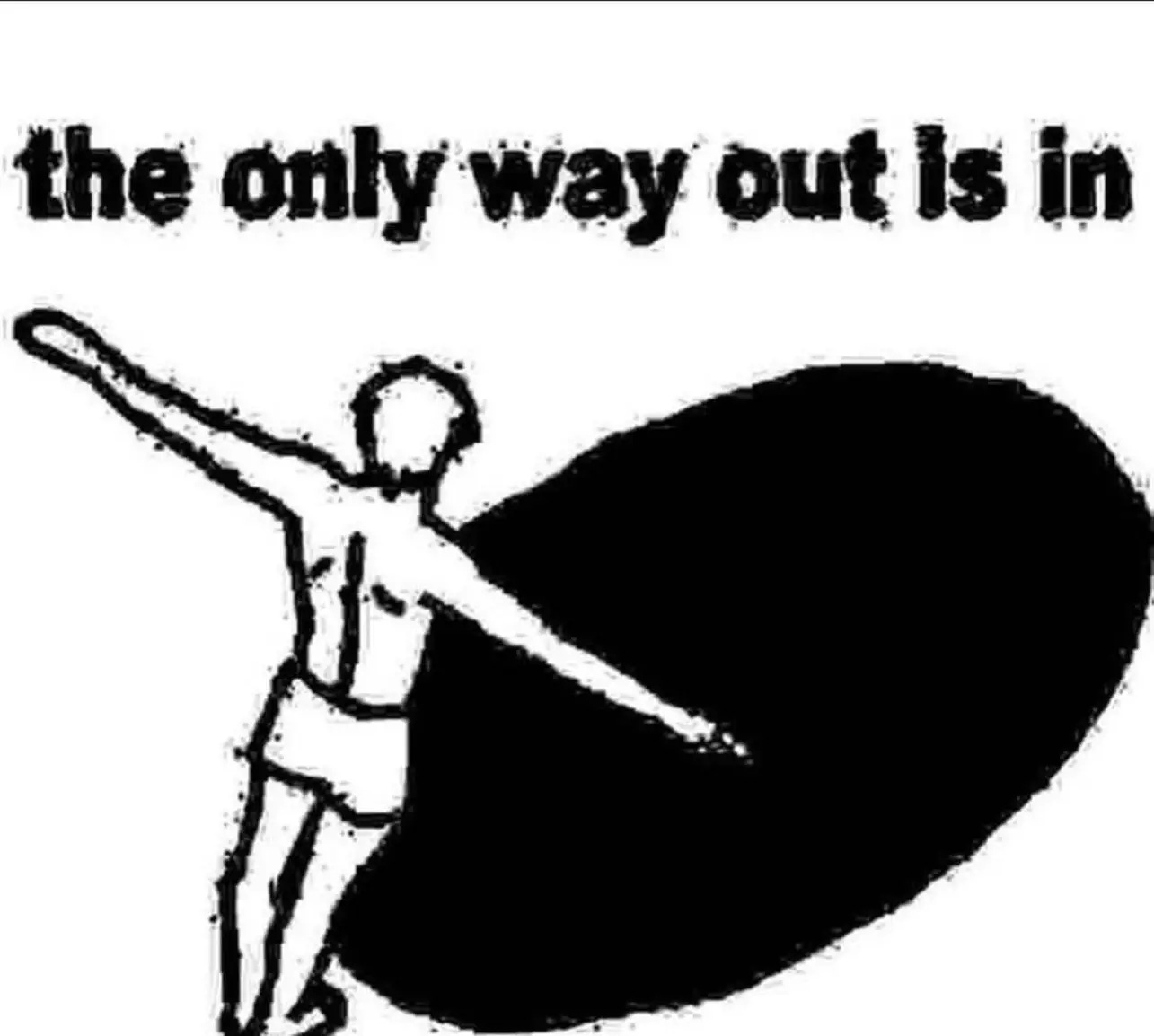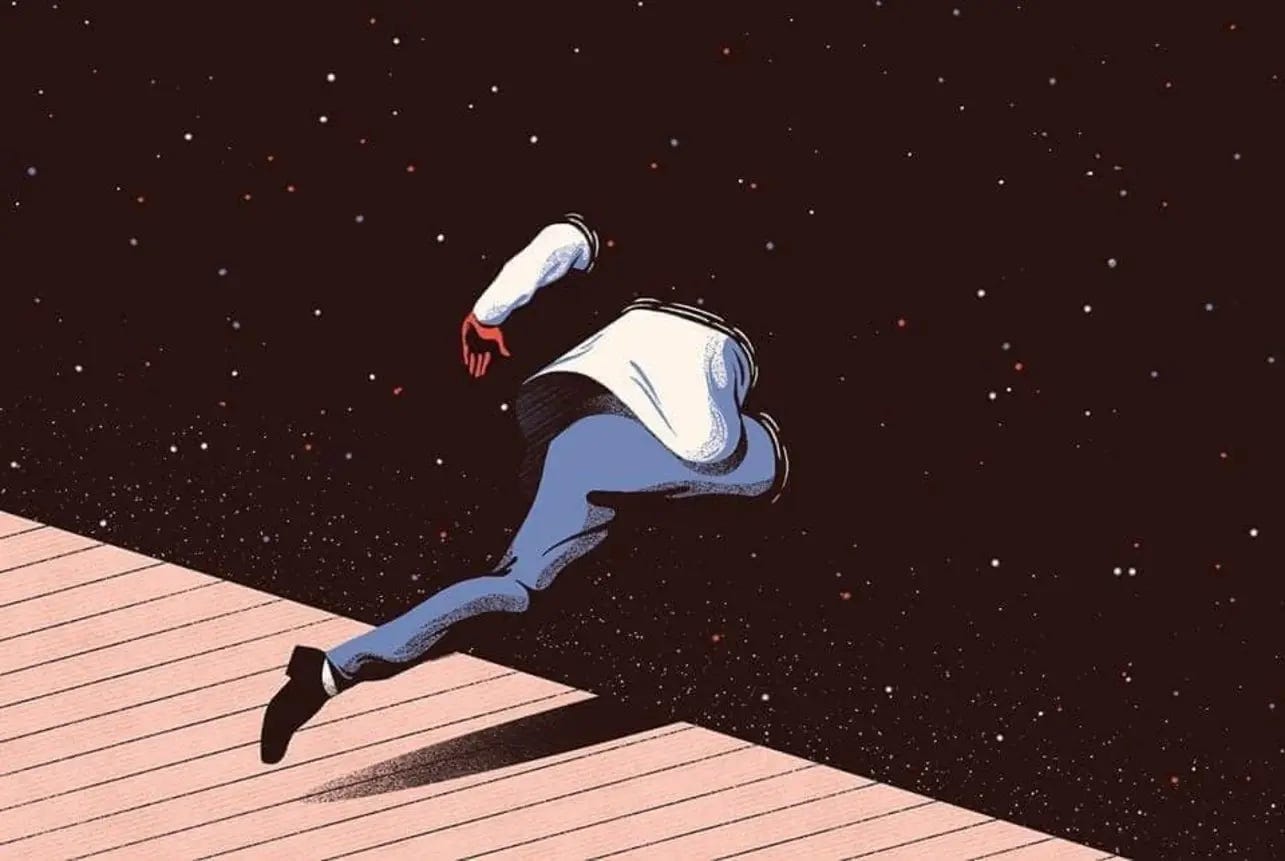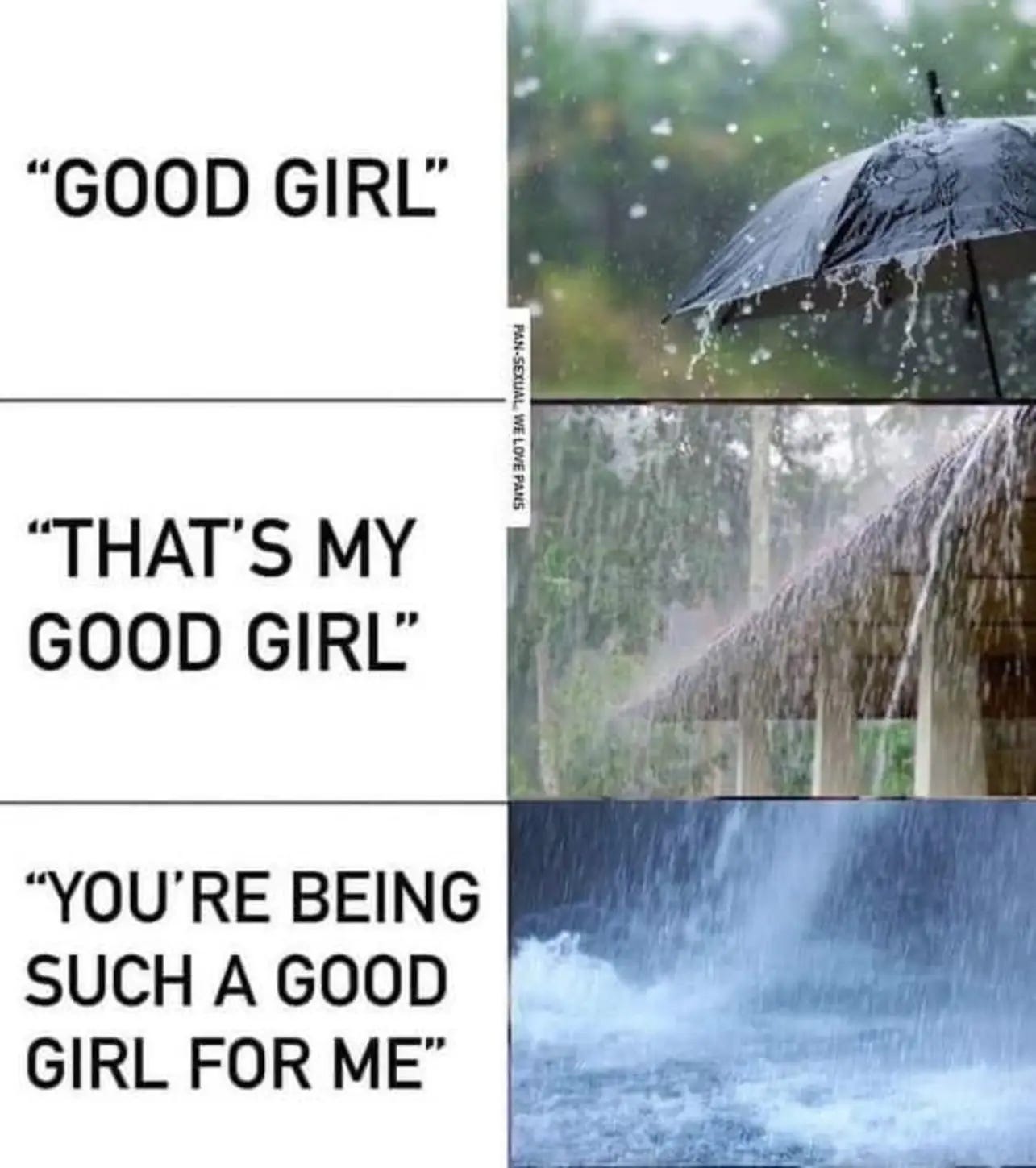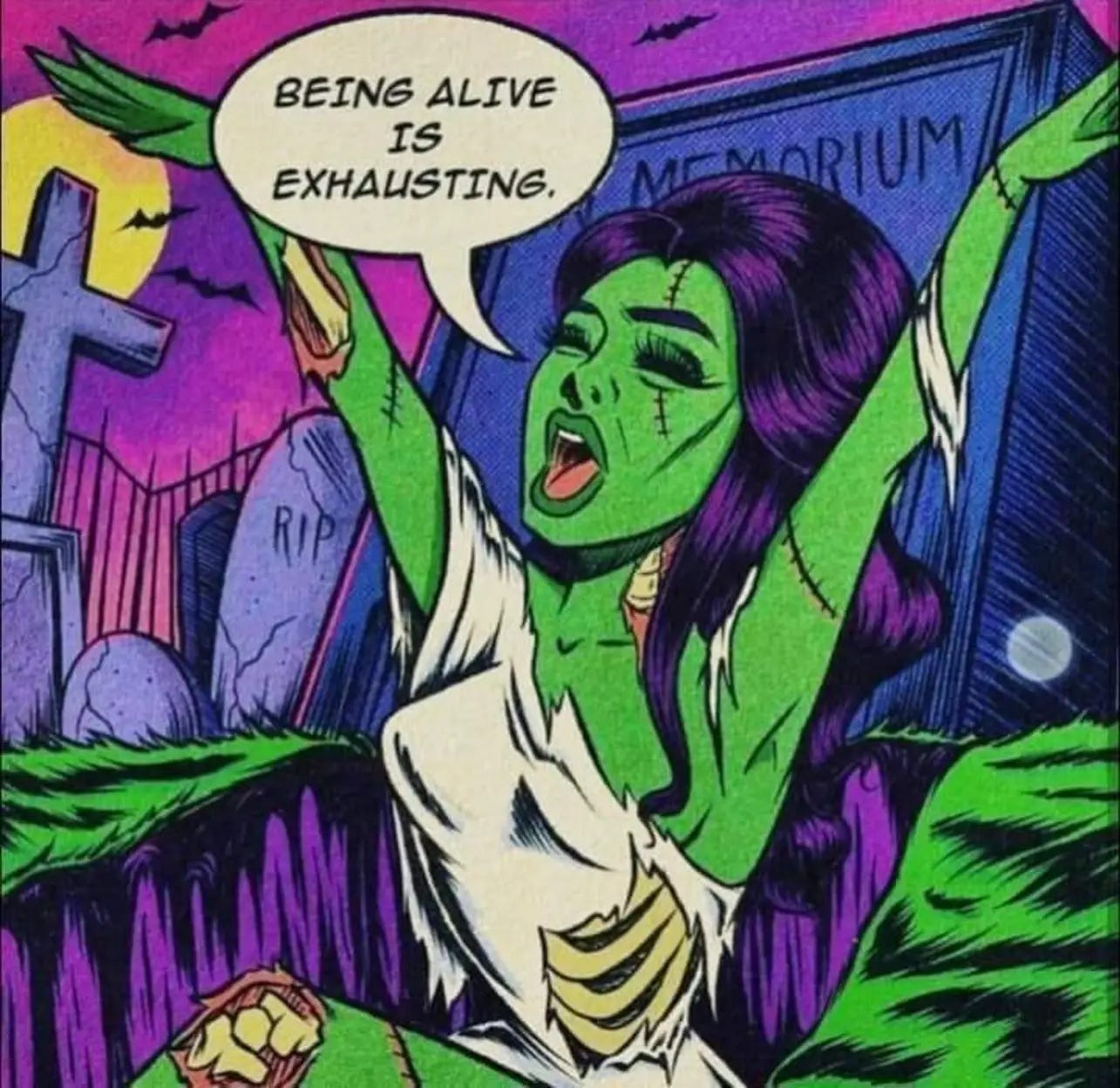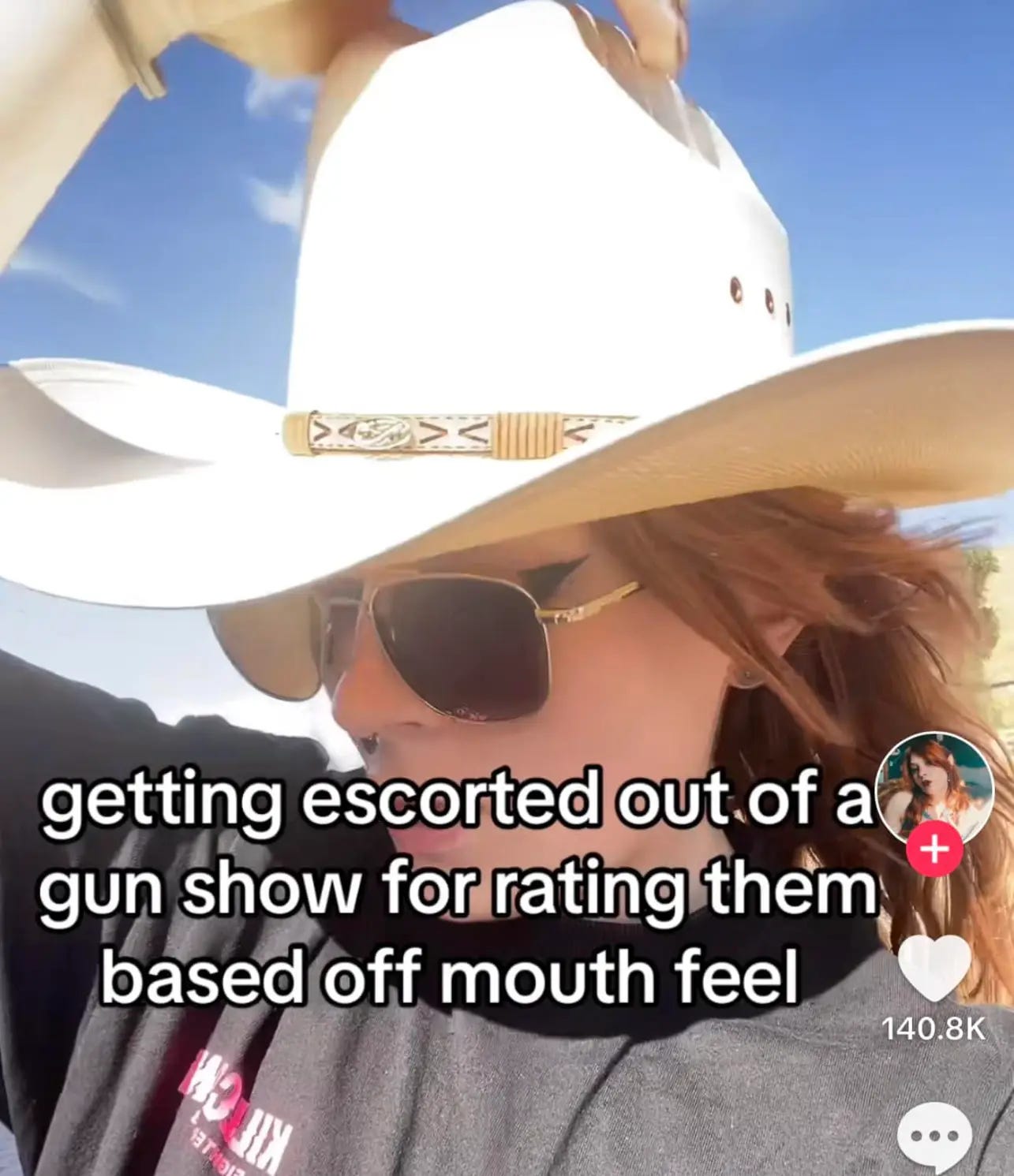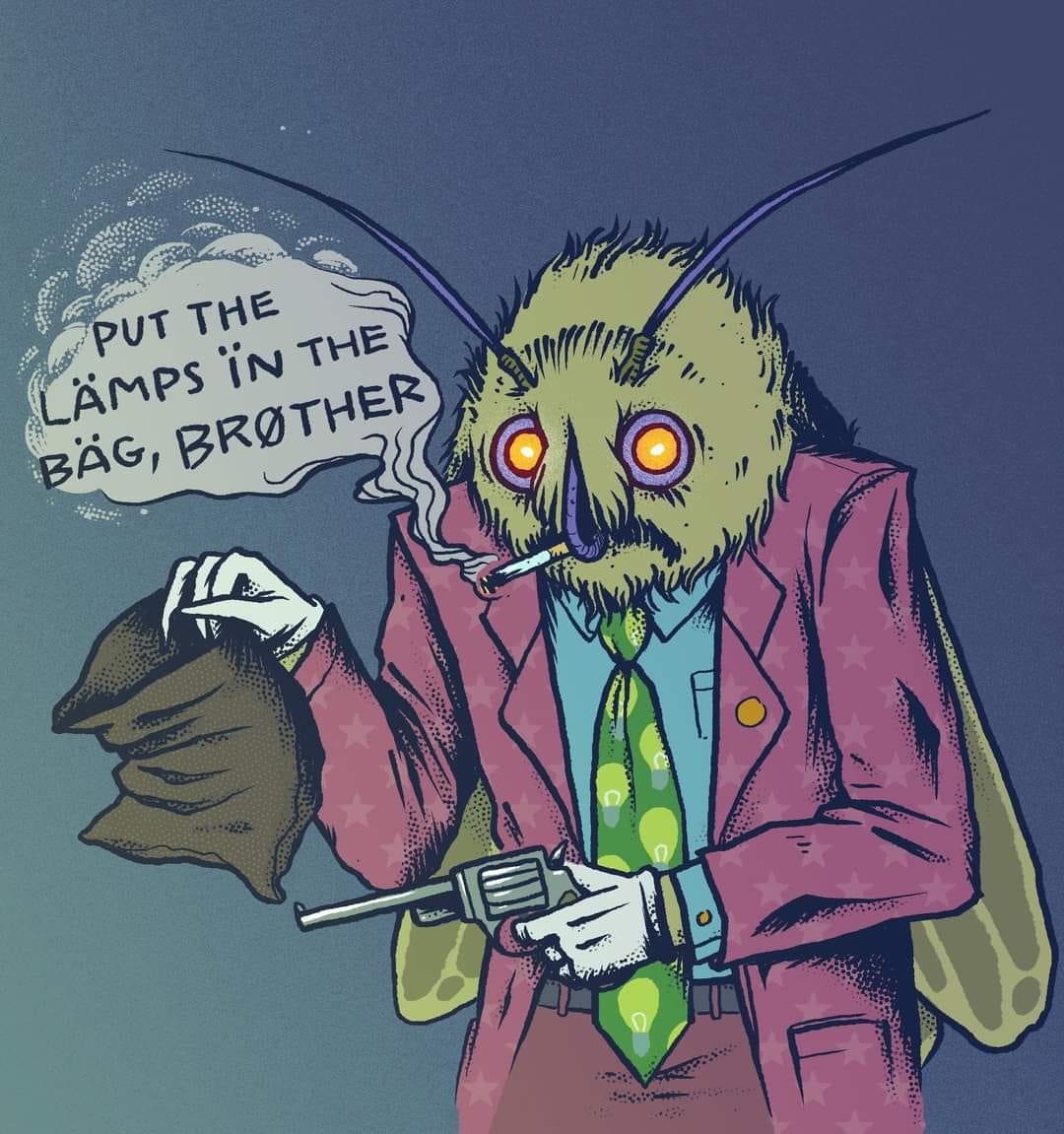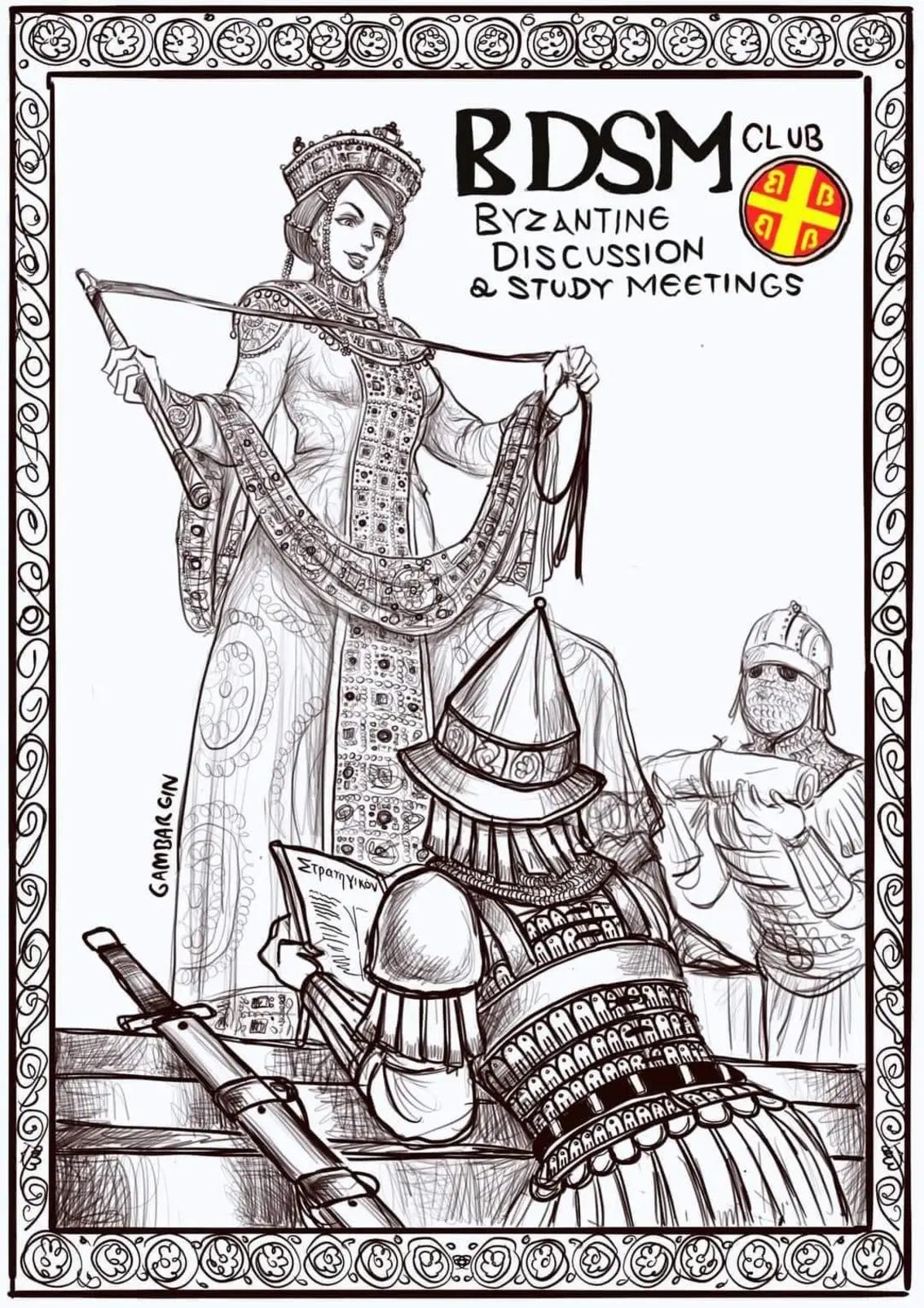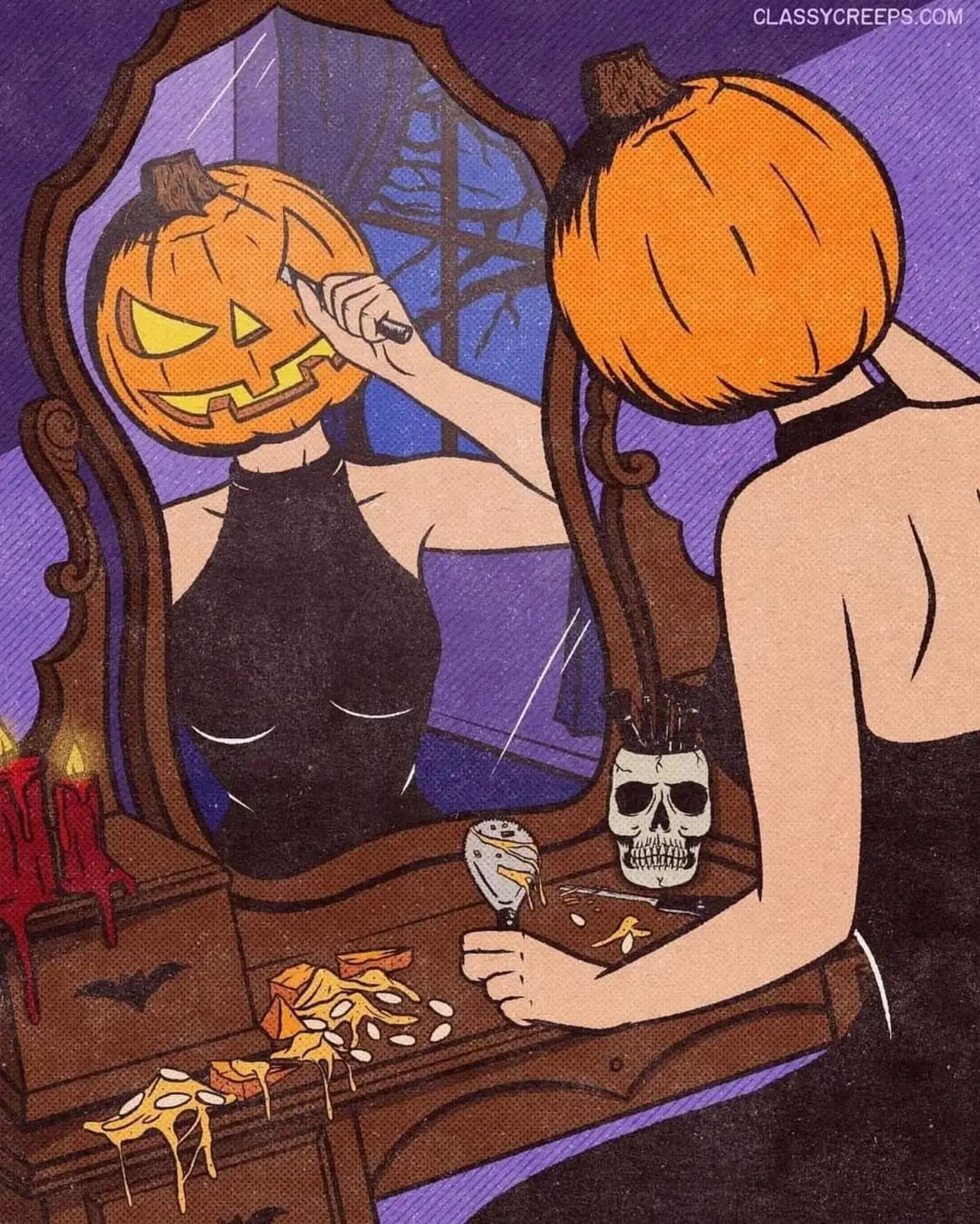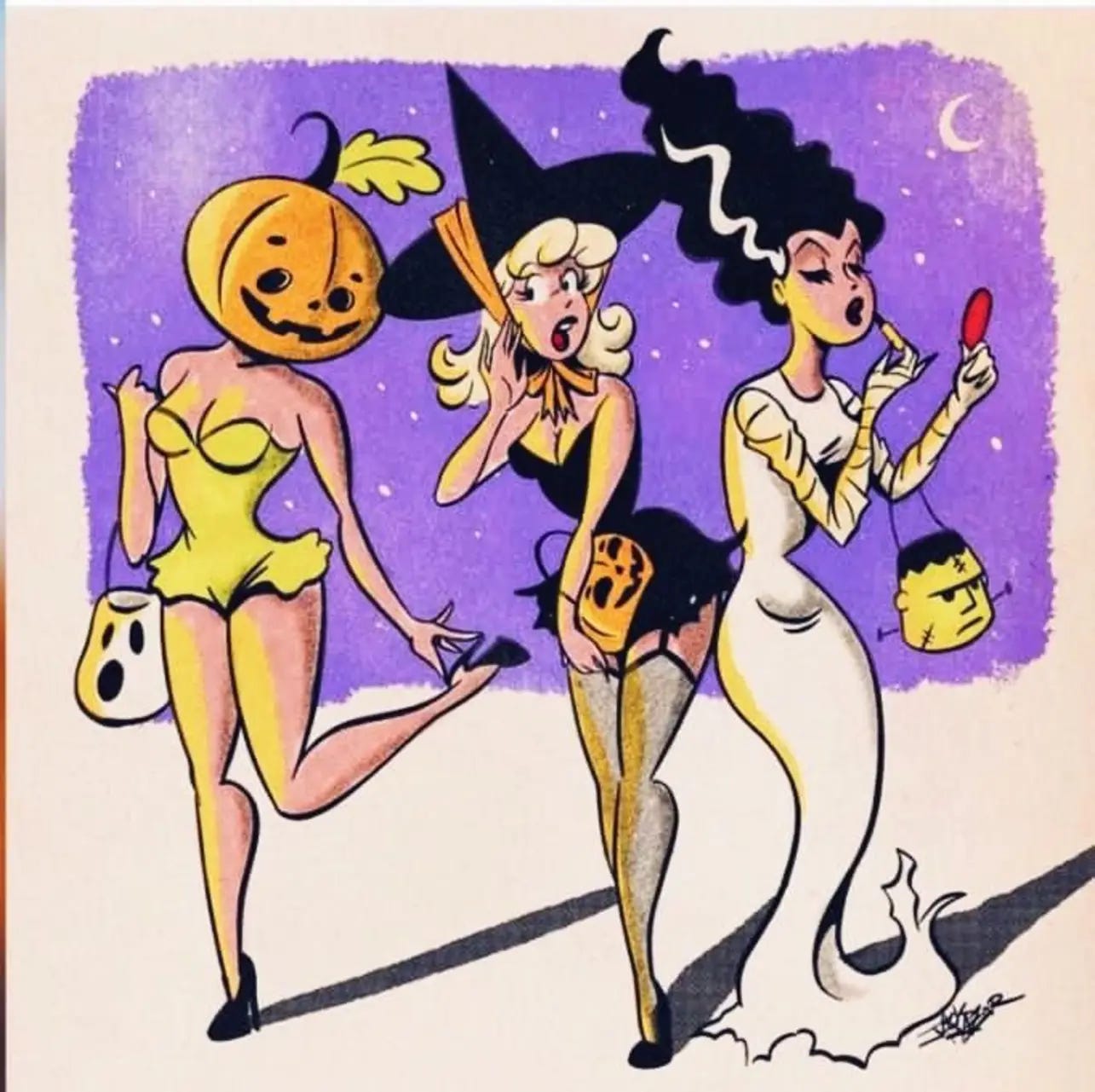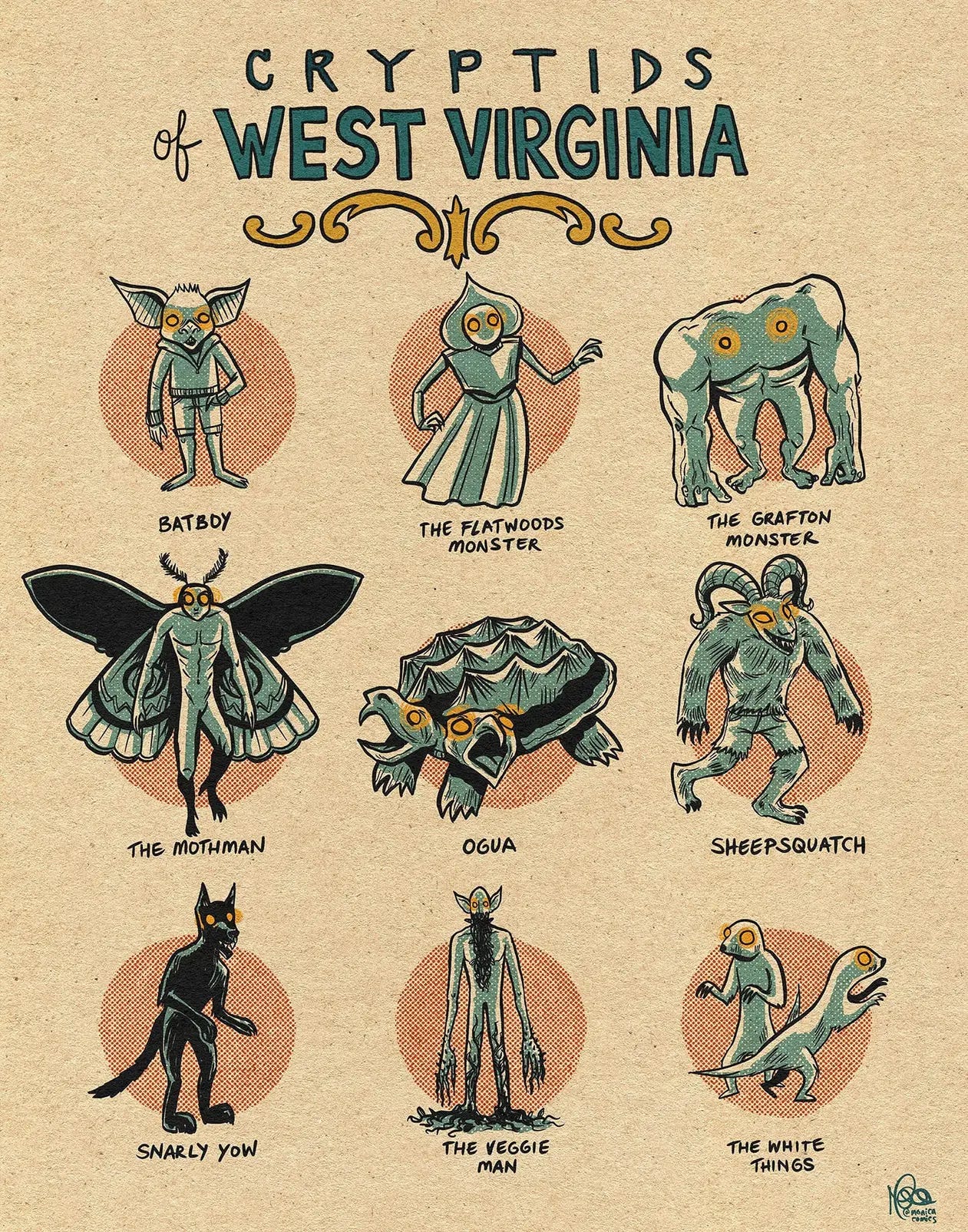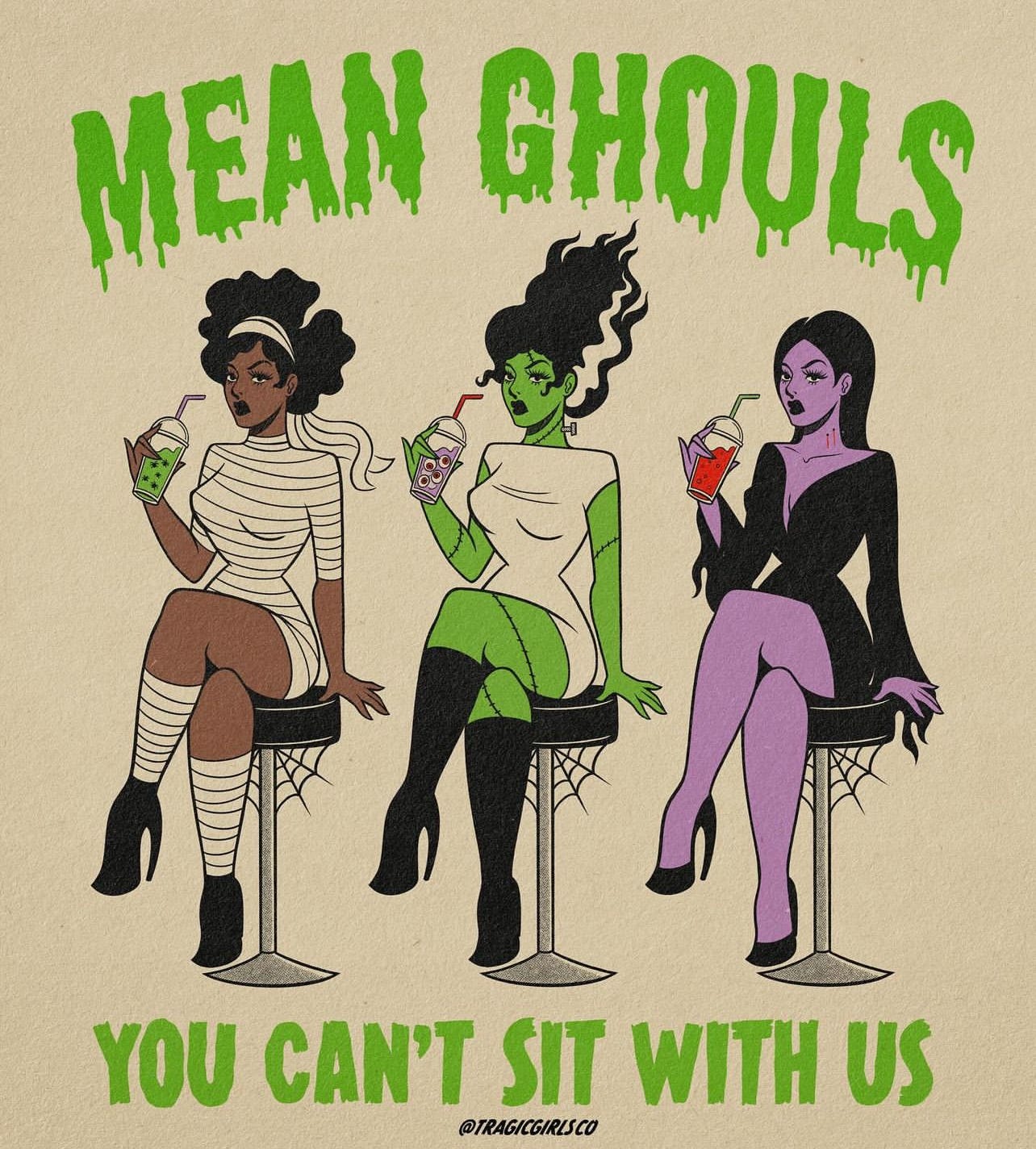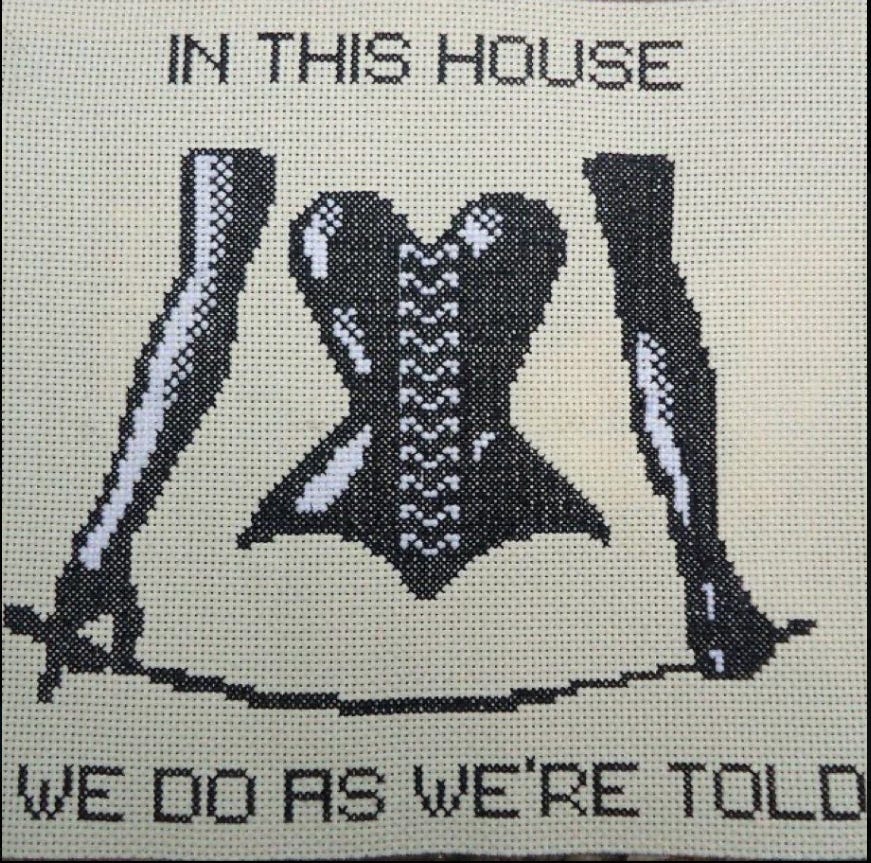S02E16: By Day Six
Tonight’s Tarot:
Freaks of Hazard:
Foxfur crawled thru with $5.33 USD
Subscribe for the SXXY-est junkmail for your inbox right here!
OH NO, MY CAREER!
FILMS THAT CHANGED THE WORLD (IN BAD WAYS)
The Twilight Zone Incident
Twilight Zone: The Movie featured four segments directed by some of the big directors of the day, including John Landis and Steven Spielberg. In the first segment, "Time Out", character Bill Connor (played by veteran TV actor Vic Morrow) is transported back in time to the Vietnam War, where at the climax of the segment he saves two Vietnamese children from being gunned down by an American helicopter.
They were filming this very scene on a deep dark night of July 23, 1982 with a Huey (a Bell UH-1 Iroquois helicopter) at Indian Dunes in Valencia, California.
The director John Landis had violated California's child labor laws by hiring 7-year-old Myca Dinh Le and 6-year-old Renee Shin-Yi Chen without the required permits. Landis and members of his staff were responsible for a number of labor violations connected with other people involved in the accident, which came to light afterwards.
The children were hired after Peter Wei-Teh Chen, the little girl’s uncle, was approached by a colleague whose wife was a production secretary for the film. Chen thought of his niece, whose parents agreed to let her participate. He then called a Vietnamese colleague, Daniel Le, who had a young son named Myca. Myca was an outgoing boy who enjoyed posing for pictures, so his parents thought he would be interested. Chen testified that he was never informed that either of the children would be working near explosives, or even the helicopter.
Le and Chen were being paid under the table to circumvent state law, which did not permit children to work at night. Landis opted not to seek a special waiver, either because he did not think that he would get permission for such a late hour or because he knew that he would not get approval to have young children in a scene with a large number of explosives. Casting agents were unaware that the children would be involved in the scene. Associate producer George Folsey Jr. told the children's parents not to tell any firefighters on the set that the children were part of the scene and hid them from a fire safety officer who also worked as a welfare worker. A fire safety officer was concerned that the blasts would cause a crash, but he did not tell Landis of his concerns.
The helicopter pilot was Vietnam War veteran Dorcey Wingo, not a trained movie pilot. Hoping to break into the industry working on such a high profile film, he simply did not argue with film production. Any seasoned movie pilot would have walked away.
As they filmed the scene, Landis screamed at the pilot to go lower and lower towards the bright hot pyrotechnics being shot at them. In the marsh below the helicopter was Vic Marrow in waist-high water with both kids in his arms.
As they were filming a take, pyrotechnics launched a mortar into the tail-rotor of the chopper, blowing it off. The chopper lost control, crashing on top of Vic and the two kids, killing them instantly, and injuring the six helicopter passengers inside.
Following this, an investigation started and a series of lawsuits and indictments fell upon Landis, the producers, the studio, the helicopter pilot, and others. Landis attended court proceedings for over 6 years, and was miraculously acquitted of manslaughter and spared any serious consequences aside from hits to his public image and career.
To this day, he has never publicly admitted responsibility.
Landis personally attended all three funerals and infamously wished to speak at Vic Marrow’s. Marrow’s daughter Jennifer Jason Leigh was in attendance and, according to certain sources, should have shot him in the liver.
Photograph caption dated July 26, 1982 reads, "Director John Landis, with beard, sprinkles handful of dirt on fresh grave at funeral of actor Vic Morrow."
This incident personally affected many of Hollywood’s biggest filmmakers and studio executives. Spielberg was said to have “grown up a little” having realized the importance of safety standards, and ended his friendship with Landis. At Warner Bros, vice president John Silvia was determined to tighten up the industry’s approach to safety. Silvia brought together a committee that created standards for every aspect of filmmaking, from gunfire to fixed-wing aircraft to smoke and pyrotechnics. All unions and guilds in the business were represented.
“It was like lawmaking,” says Chris Palmer, a risk-management consultant who was part of the committee. “The committee had to parse words like ‘would, shall, and must’ because of the possibility of negligence lawsuits overtaking Hollywood if they were too strict in the wording.” The committee’s codicils were collected into a group of standards called Safety Bulletins. The studios then issued a manual to their employees based on the bulletins, known as the Injury and Illness Prevention Program. (The guidelines have been updated over the years and are now digitized—the current versions can be found here).
New Safety Bulletins were issued after each mishap. When legendary stuntman Dar Robinson (the son of the man who popularized the trampoline) died in a remote area after rupturing his spleen in a stunt during the shooting of Million Dollar Mystery, on-set ambulances became mandatory. The process continues today. “With every accident comes more regulations,” says Pam Elliott, production manager at Special Effects Unlimited, a longtime provider of explosives and other effects for Hollywood. “Every time someone gets hurt, we learn, and rules are put in place to try to make sure it doesn’t happen again.”
The insurance industry made sure that safety provisions stuck. Before The Twilight Zone, insurance companies didn’t view the movie business as a source of profit: Given how unsafe film sets were, the likelihood of a payout was just too high. Afterward, the industry’s commitment to improving safety, along with increasing budgets, made Hollywood a better risk. Soon, getting affordable rates to underwrite shoots became a basic part of the movie-making business. And that meant dancing to the insurance industry’s tune. “The insurance companies want to know everything,” Elliott says. “They want your resume, the resumes of everyone participating. They want to see your licensing, a list of materials, the number of people working on each shot, the distance they will each be from the explosive, the number of fire extinguishers available on set. Then the fire department comes out to look at what you’re doing, and they have a long list of safety criteria to meet, too. It’s a pain in the butt, sure, but that’s the way it is.”
And Landis had bullied his way through The Twilight Zone: According to Outrageous Conduct, the director grew frustrated as lighting the fatal scene grew difficult. The job required grips to climb scaffolding thirty feet in the air while being buffeted by rotor wash from the helicopter. When some techs hesitated, Landis demanded, “Is there somebody on this electrical crew who’s not too chickenshit to do the job?”
Fun Note - Years later Landis was pity-picked by Eddie Murphy to direct Coming To America and later regretted doing so. They had clashes on set.
“We had a tussling confrontation… We didn't come to blows. Personalities didn't mesh. ... He directed me in Trading Places when I was just starting out as a kid, but he was still treating me like a kid five years later during Coming to America. And I hired him to direct the movie! I was gonna direct Coming to America myself, but I knew that Landis had just done three fucked-up pictures in a row and that his career was hanging by a thread after the Twilight Zone trial. I figured the guy was nice to me when I did Trading Places, so I'd give him a shot… I was going out of my way to help this guy, and he fucked me over. Now he's got a hit picture on his resumé, a movie that made over $200 million, as opposed to him coming off a couple of fucked-up movies – which is where I'd rather see him be right now.” - Eddie Murphy
My Kingdom For A Flop - Bombing The Studio
Heaven’s Gate (NOT THE CULT)
Michael Cimino is a case of a great filmmaker who let the first major success get to his head and lost his mind. Coming off the hot success of his film The Deer Hunter, Cimino was given carte blanche from the studio in the fashion of the time for the big auteur filmmakers.
His film Heaven’s Gate was made with such excess, and bombed so badly, that it bankrupted United Artists (the oldest independent movie studio in Hollywood, founded by Charlie Chaplin and other stars of the silent era) and led to it’s acquisition by MGM. It also marked the end of New Hollywood began a shift in the industry of studios having more direct creative control over the films, the director losing power over their budgets, and a shift from art films to blockbusters. The film’s out-of-control production and subsequent bombing is largely credited with ending the auteur-driven 70s and making studios much more risk-averse to giving directors blank checks.
The movie itself is a really long Western about land disputes between wealthy landowners and European immigrants in Wyoming in the 1890s. It stars Jeff Bridges, Christopher Walken, Kris Kristofferson, John Hurt, and a bunch of other great actors. It is in reality a lovely and intricate film with majestic shots of the American wilderness.
They built an entire town as the main street of the film. On the first day of shooting, Cimino insisted the road was too narrow, and that they would have to dismantle both sides of the street and extend the road six inches on either side (instead of just dismantling one side and extending a foot).
According to legend, by day six, the movie was five days behind schedule.
Fun Facts about Heaven’s Gate
Cimino wasted almost an entire day of filming because he was waiting for a cloud he liked to enter the shot
United Artists were wondering why they were paying so much to rent the land they were shooting on. When they checked, they found out that it belonged to Michael Cimino himself
Cimino liked a tree on set, but not where it was located. He had the crew dismantle it and put it back together in another location
He installed an irrigation system where the battle would take place so the grass was super green, then covered in blood after the battle was over
The battle itself in the first cut of the film was as long as most features at the time
Actor John Hurt was so bored and frustrated for something to happen that he went off and made The Elephant Man (for which he won Best Actor in 1981) in the meantime, and then filmed more scenes for Heaven's Gate
Actor Tom Noonan mentioned that he originally couldn't do the film because of a play he was doing, but when his play stint ended months later, he was told they still wanted him if he was available. When he got there, he found out the three other guys in the scene with him had just been sitting around doing nothing that whole time. Unlike Hurt, they weren't allowed to go do something else in their downtime.
The cast and crew was kept on standby 24/7 in case Cimino was inspired suddenly and thus they got double and triple OT pay as a result. The crew dubbed filming as "The Montana Gold Rush" because of all the extra money they raked in as a result.
He accidentally blew up a horse with a stick of dynamite. Includes real cock fights, decapitated chickens, and torturing horses.
As a result of the delays, several musicians originally brought to Montana to work on the film for only three weeks ended up stranded, waiting to be called for shoots to materialize. The experience, as the Associated Press put it, "was both stunningly boring and a raucous good time, full of jam sessions, strange adventures and curiously little actual shooting." The jam sessions served as the beginning of numerous musical collaborations between Bridges and Kristofferson.
When he presented his first cut to the producers, he said "it's a little long, but I could probably lose 15 minutes". The film turned out to be over 5 hours long
When the film was released, it was universally panned by critics. Cimino wanted to pull the film and begin re-editing
He actually had a chance at getting his career back on track when he was hired to direct "Footloose" of all things. But then he asked for more money and a long delay in filming because he wanted to change it from a contemporary teen film to a period piece set in the Dust Bowl. He was promptly set packing and his career never got back on track.
Though I haven’t seen the full movie, the parts I have seen look beautiful and well acted. There is a lot of life and attention to detail in what I have seen, and I hope to enjoy the full film someday.
My Flop For A Kingdom - Bomb That Built A Studio
Before Marvel Studios was known for oversaturating Hollywood with an endless string of soulless capeshit (20 films and counting) and engaging in international money laundering for certain foreign interests, they spent years producing shitty movies that lost them money. One of its worst moments came in 1986 with the release of a film about Marvel Comics’ Howard the Duck.
Howard the Duck is infamous to Americans of a certain age. It’s a children’s film where a giant cigar-smoking, horny duck puppet spends the whole movie trying to bang Lea Thompson, most famous for being Marty McFly’s girlfriend in Back To The Future (which also changed film in it’s own way).
Howard the Duck was a passion project of George Lucas, who had wanted to make an animated film of the character ever since he was a young director making American Graffiti. However, by the mid 80’s, poor George was more of a business than a person, with his toes dipped in many pools through his groundbreaking production company, Industrial Light and Magic. Within it was a smaller group called The Graphics Group, who were put in charge of animating the film.. The project was optioned by Universal Studios, who needed a film for a summer release, and with Lucas under contract to make a live-action film, the plans for Howard the Duck had to change.
From the start, Universal Studios demanded Lucas make the film child-friendly. Howard was then made through animatronics and puppets, which along with the story didn’t make a good combination. By then, Lucas was struggling financially as he was going through a divorce and was deeply in debt after building Skywalker Ranch, so Howard the Duck’s financial failure couldn’t come at a worse time. To stay afloat, and anticipating the commercial flop that the film was going to be (which the crew could sense during production), Lucas sold some of his assets, including The Graphics Group. Having left Apple, Steve Jobs bought it and The Graphics Group was renamed Pixar.
The studio went on to make Toy Story in 1994, the first computer-animated feature, and is now a powerhouse in the world of entertainment with over 20 films. Although Howard the Duck did have some negative effects on those involved (especially the cast), something good came out of its failure. The film industry would be very different without Pixar.
Fun Fact - Ed Gale, who played Howard the Duck, was hired to work on Spaceballs because Mel Brooks had said, "Anybody who's in Howard the Duck can be in my movie."
How Howard the Duck's Failure is Responsible For Pixar
HEY YOU ALMOST LIVED!
A DESERT SONG
Denver → Grand Junction → Rio Rancho → Moab → Idaho Falls → Jackson Hole → Casper → Denver
Hit the road again for…uh I forget if it was 12 or 13 days. But only four shows rip. It was a cool trip thru the desert tho! Alien reststops, mountains each with their own personlities, water, fire, smoking rooms and more! Here’s a select gallery from the excursion. All the pics can be found here. Music featured from the hit album HeyCitizen's Lo-Fi Hip-Hop Beats to Study and Relax to

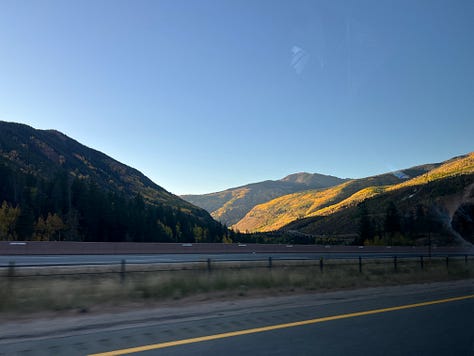
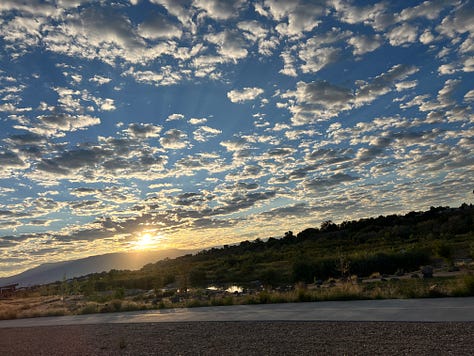

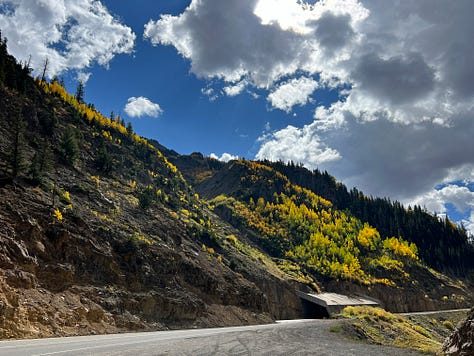
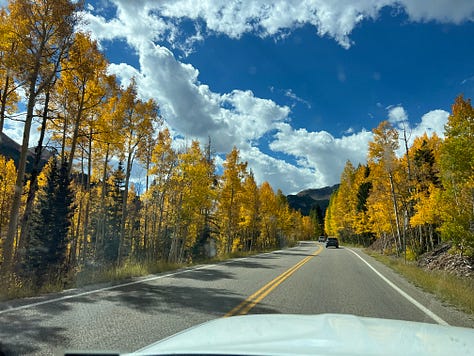


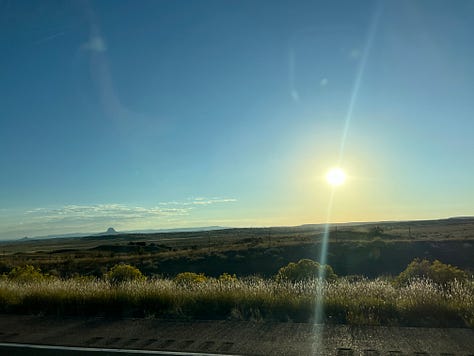
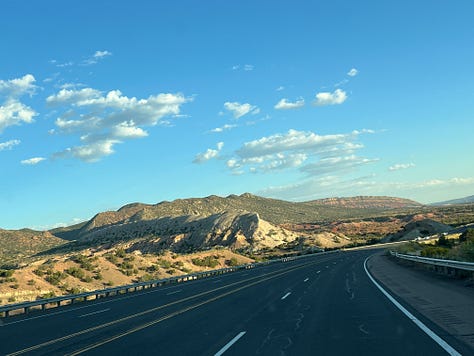
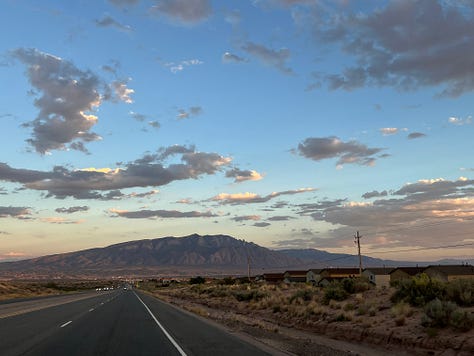
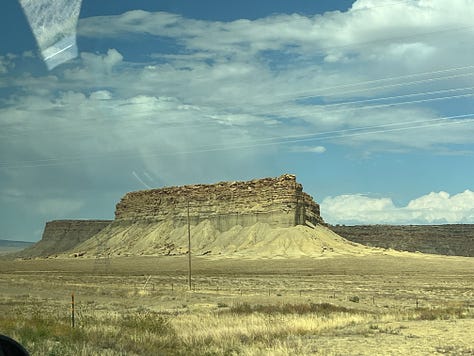


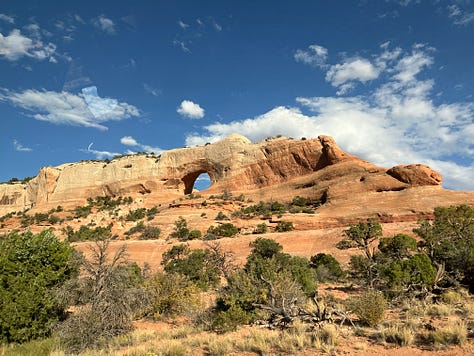
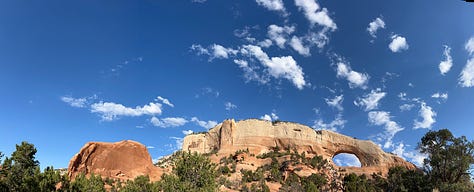
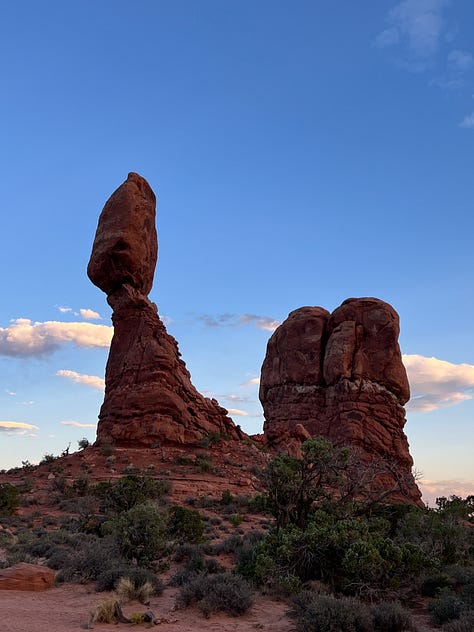
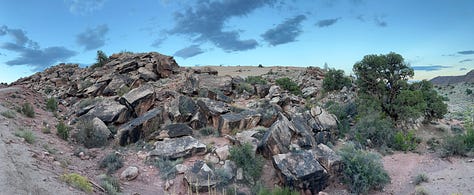

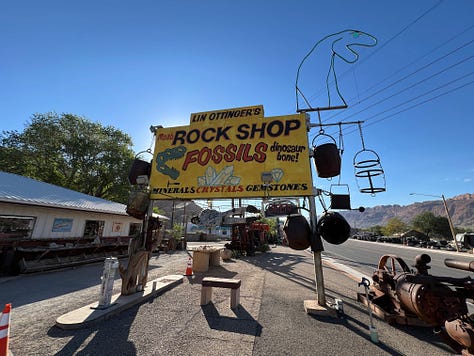
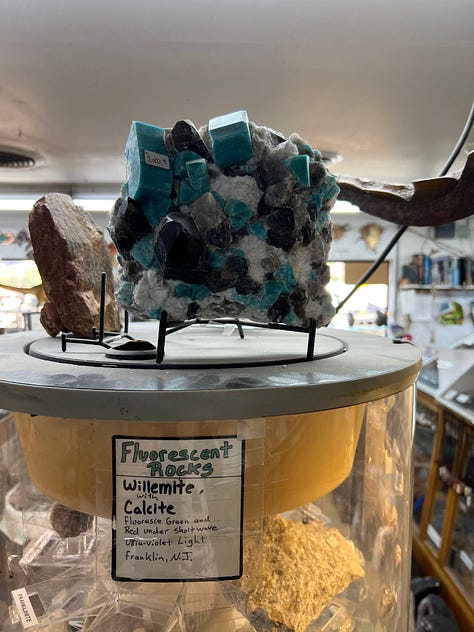
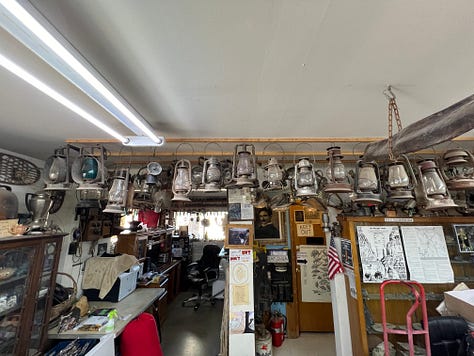

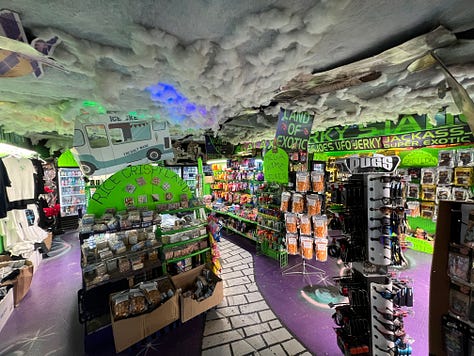
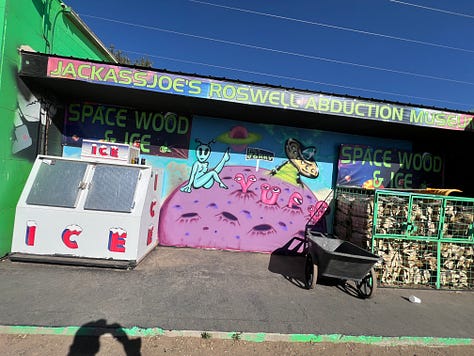
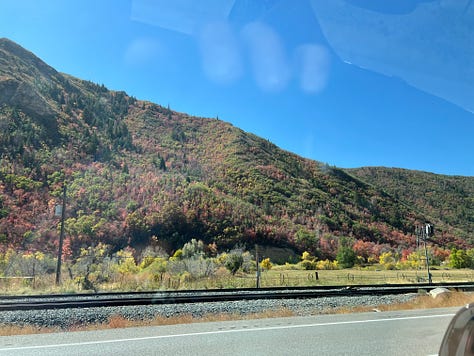

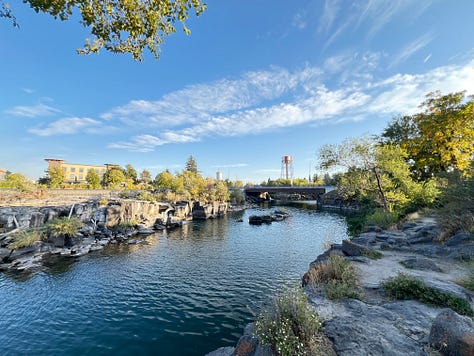
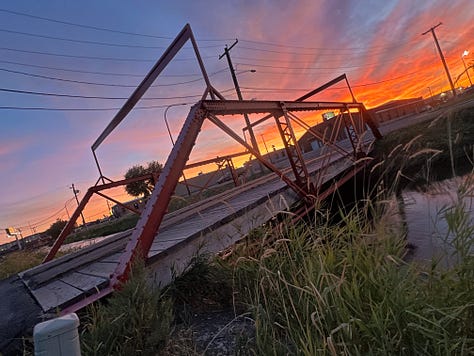



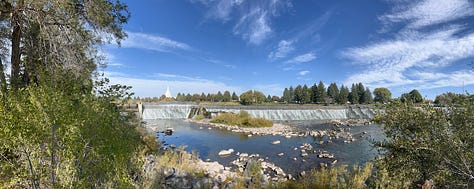
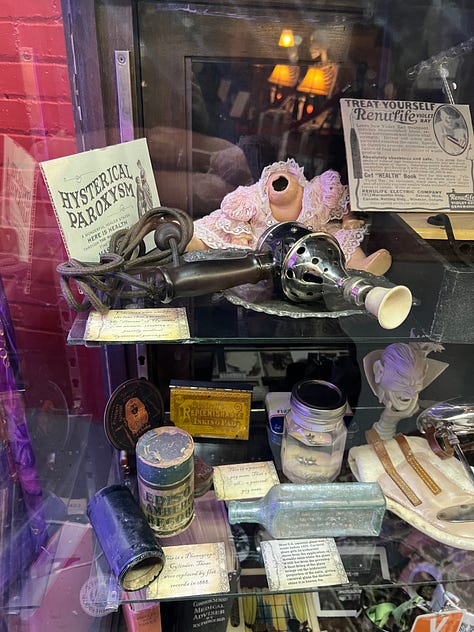
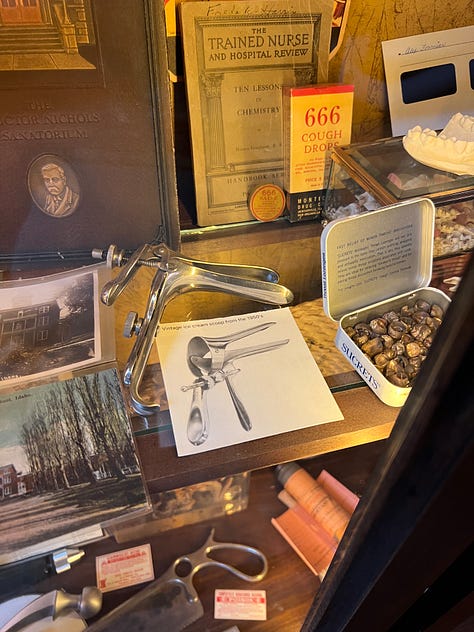

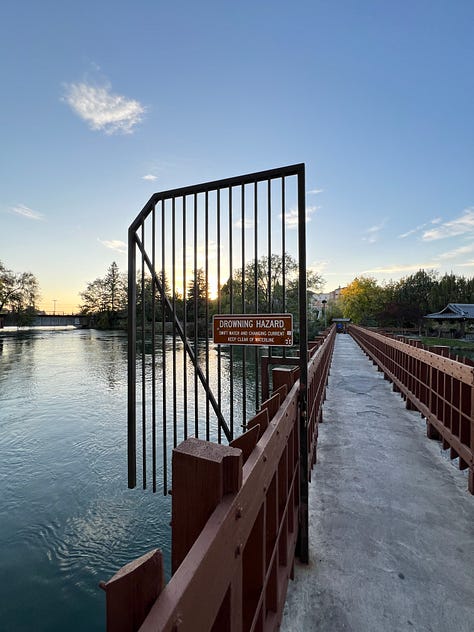

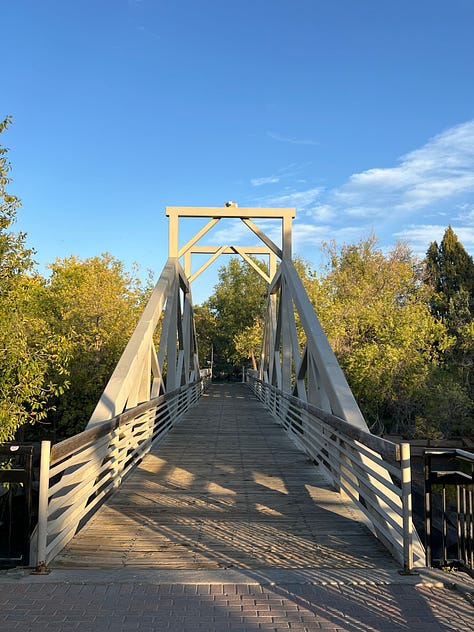




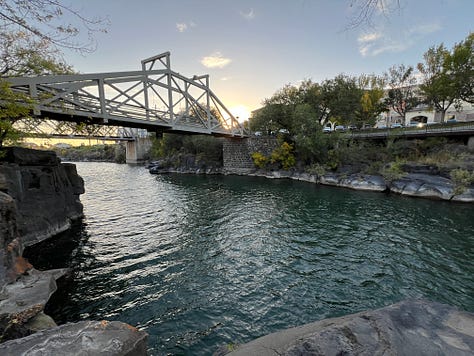

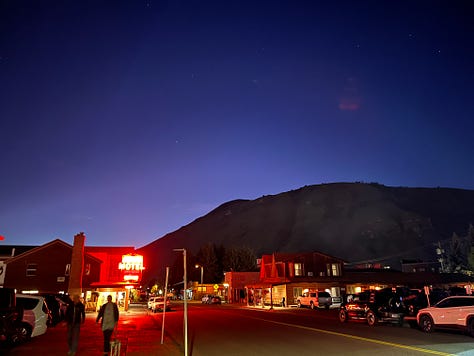

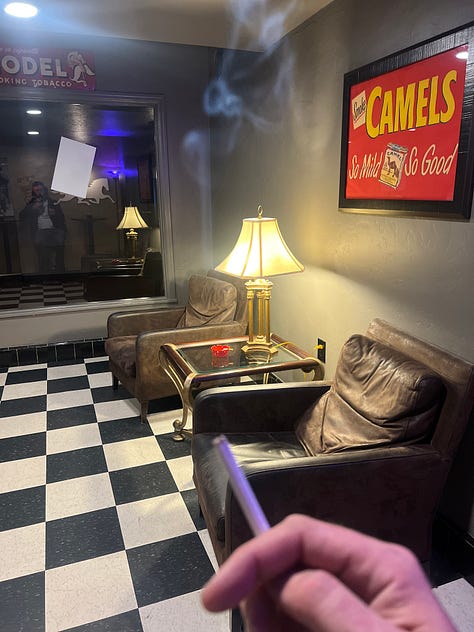
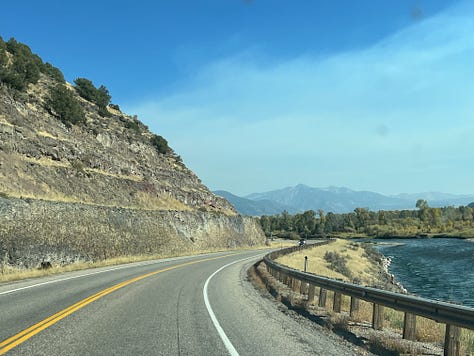
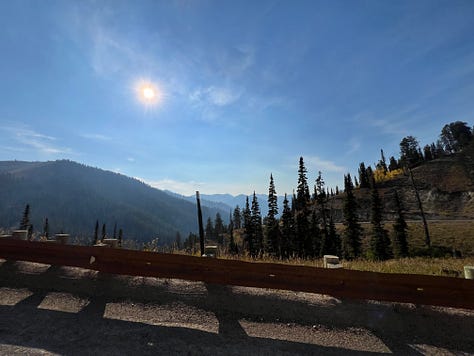

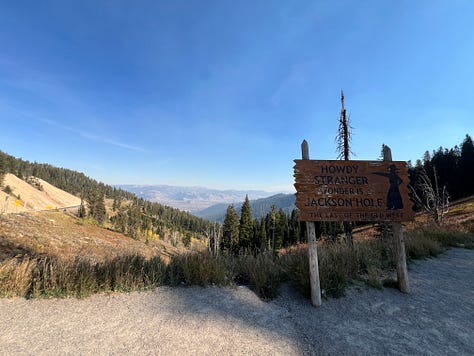
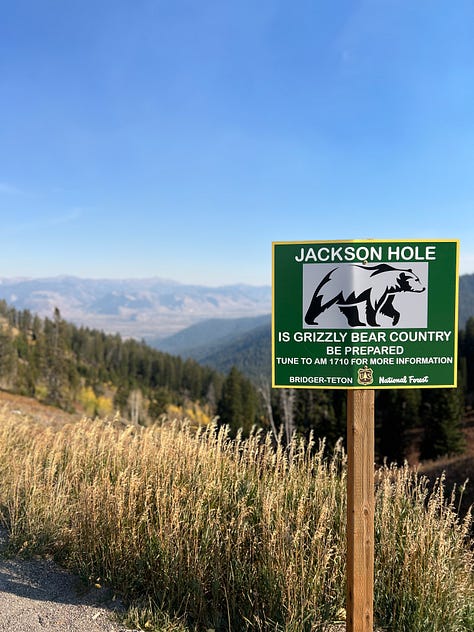
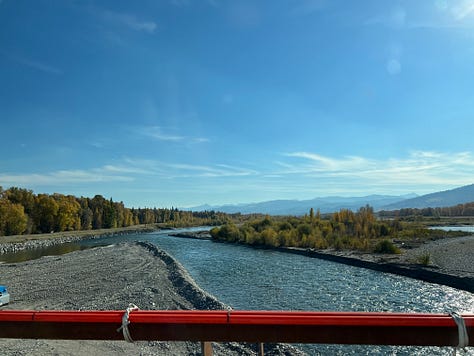
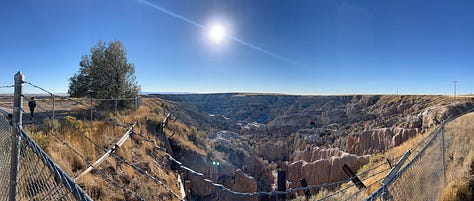


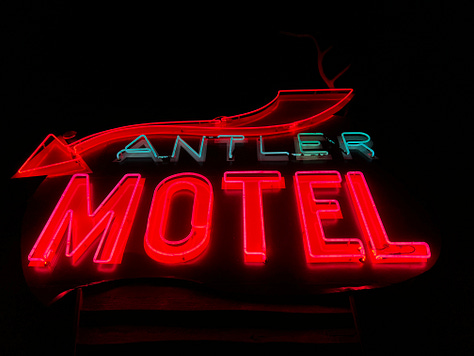
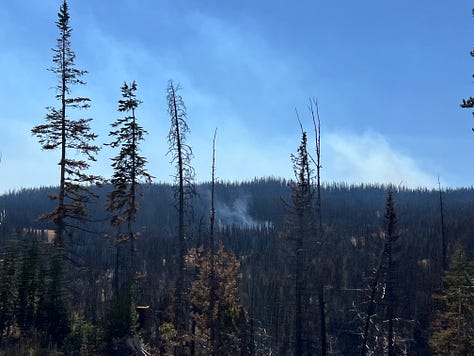
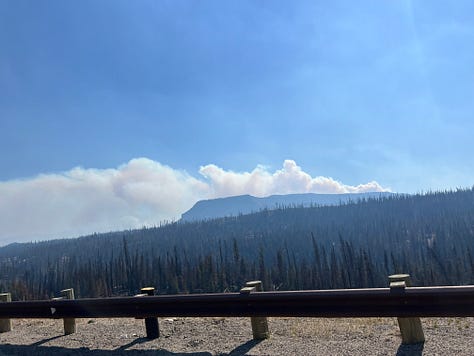

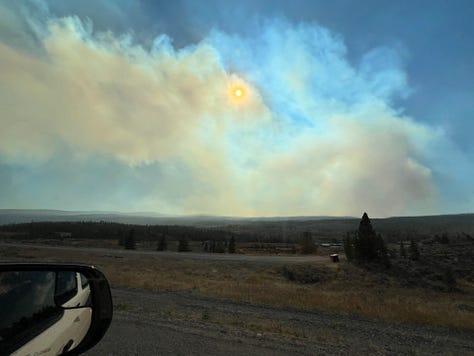
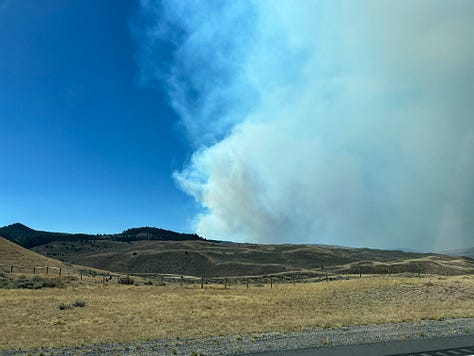
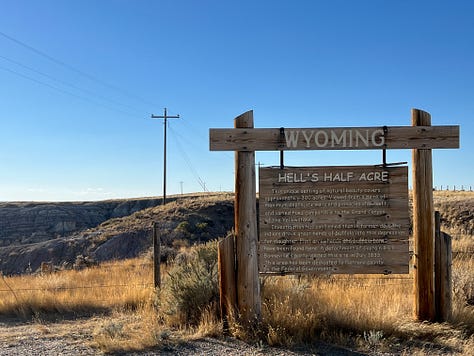
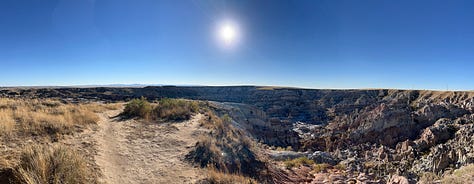


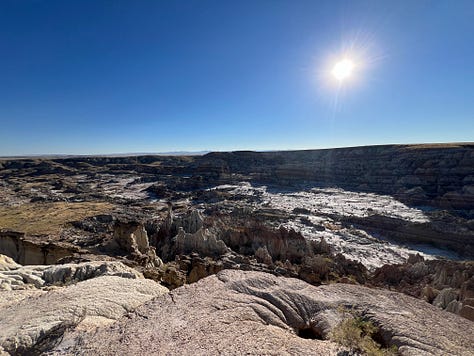

OPENER
Bat-O-Matic (ft. Dan Aykroyd) - SNL
INTERMISSION
Henry Rollins giving sound advice for creatives back in 1993.
CLOSER
Disco Lasers - The Synthesatsers
PRESHOW
B4TS 10⚡︎07⚡︎2024 [Limes 4 Me - Bonked]
The Satellite Skirmish - Survival Guide - Blood Perfume
The Satellite Skirmish - $2 Holla - Tax Me
The Satellite Skirmish - Matt the Tall - Down by the Salley Gardens
The Satellite Skirmish - Death by Lions - Thanks For Being Great
The Satellite Skirmish - Rock'N'Roll Breakheart - Games
The Satellite Skirmish - The Doerfels - Islamorada
The Satellite Skirmish - Delta OG - This Ol' Cowboy
The Satellite Skirmish - Mellow Cassette - Man or Machine
The Satellite Skirmish - Empath Eyes - Apex
The Satellite Skirmish - The HeyCitizen Experience - Love Song 4 U
The Satellite Skirmish - Herbivore - Wrinkled Blanket Mountain
The Satellite Skirmish - $2 Holla - Can't Tell Me Anything
B4TS10⚡︎07⚡︎2024 [No Copyright Music Retro 80's Funky Jazz Hop Instrumental Copyright Free Music Sundance Remix]
Sista Fista - Fist Fight Fuck
TAKE THESE, IT’S DANGEROUS TO GO ALONE!
